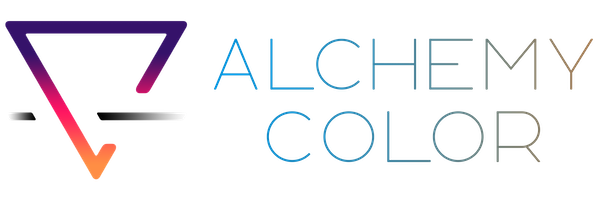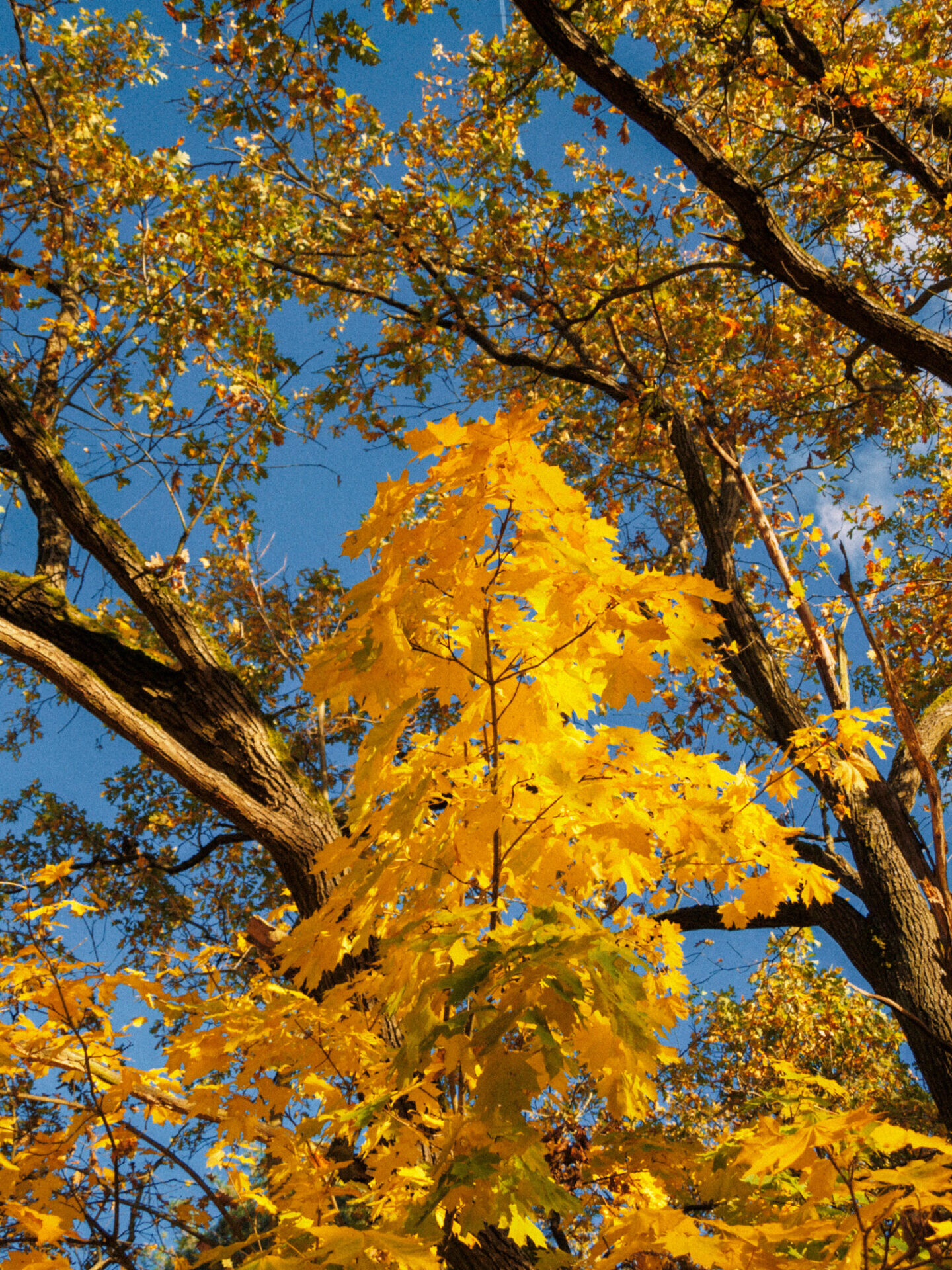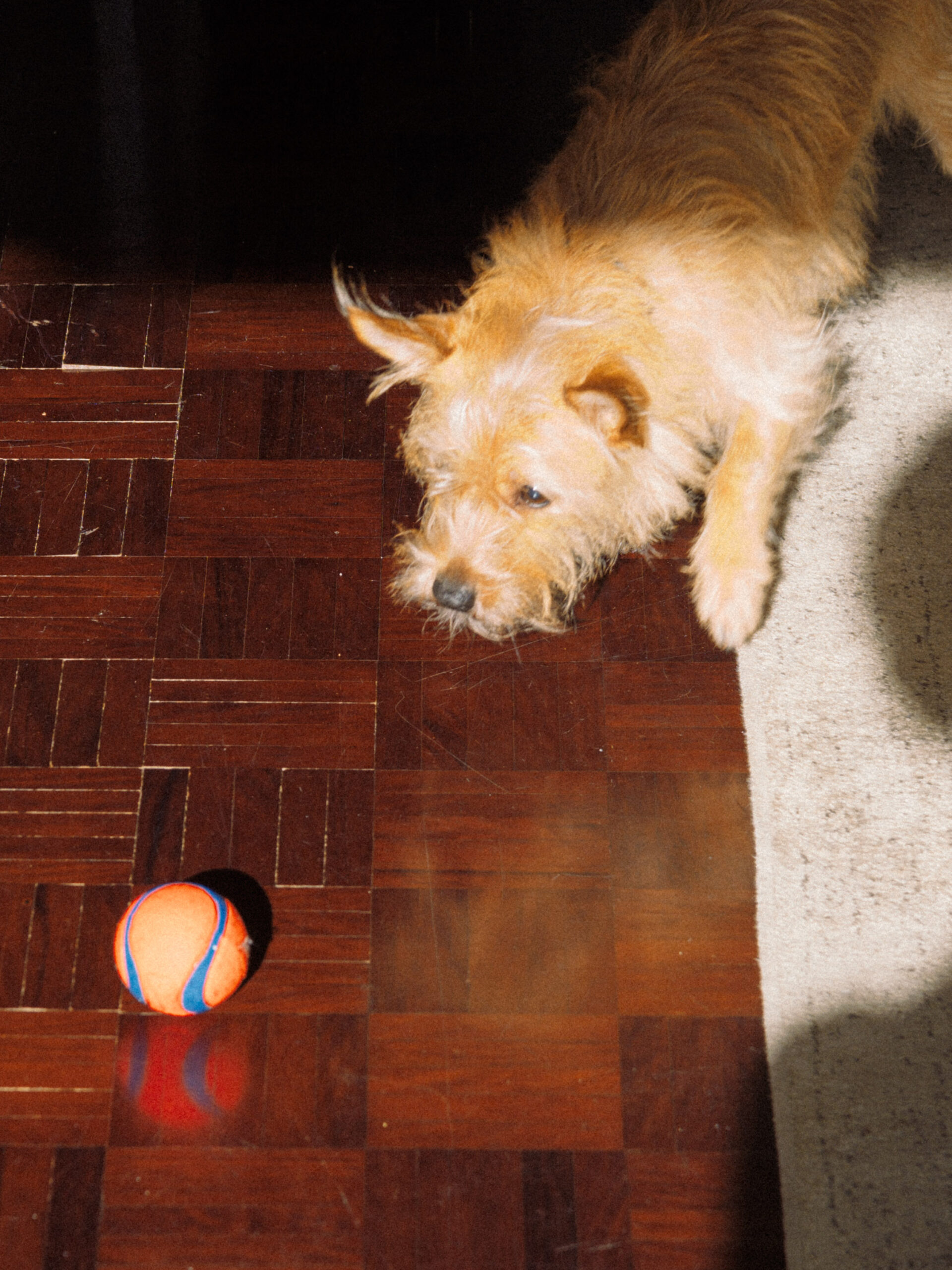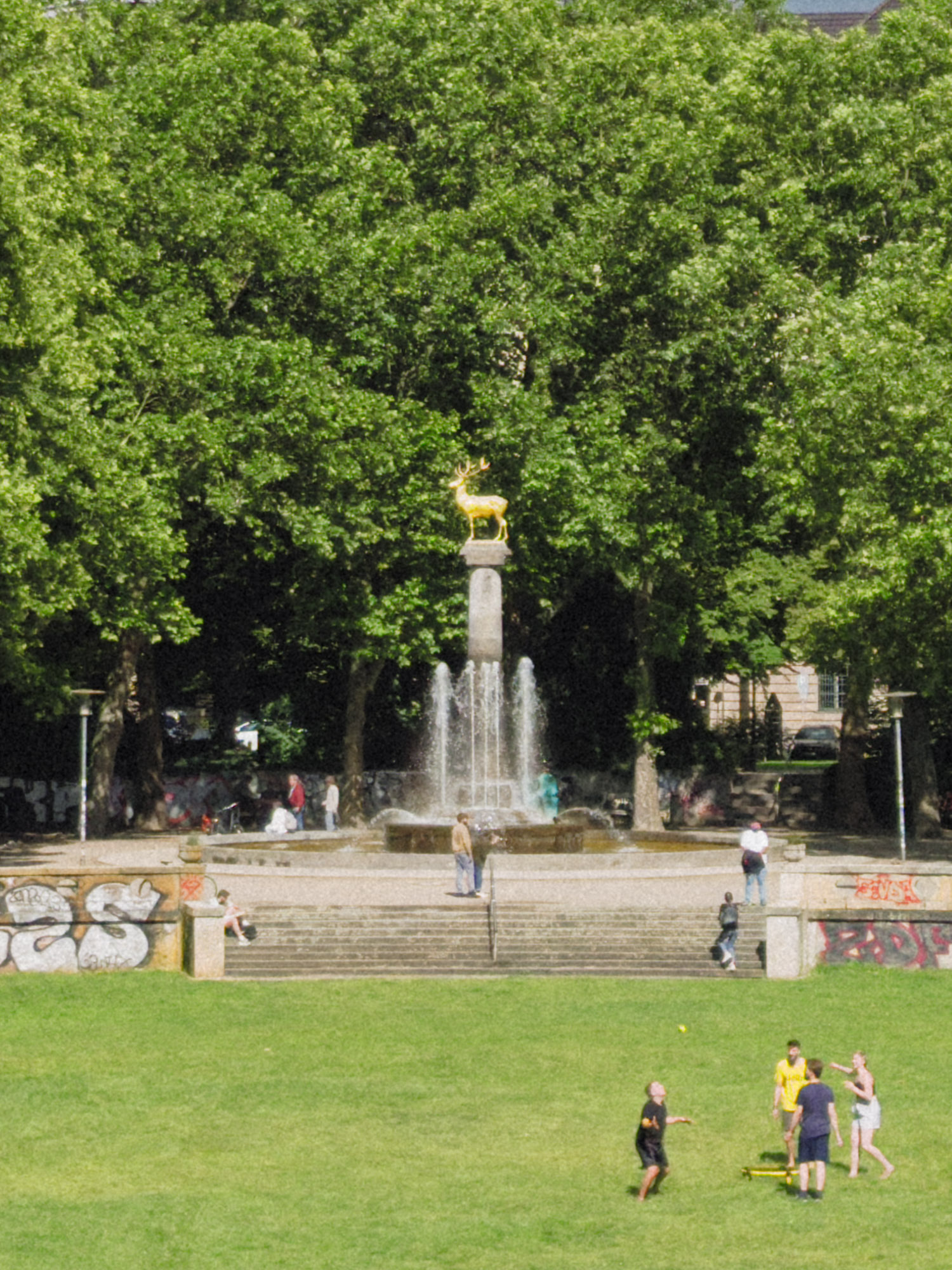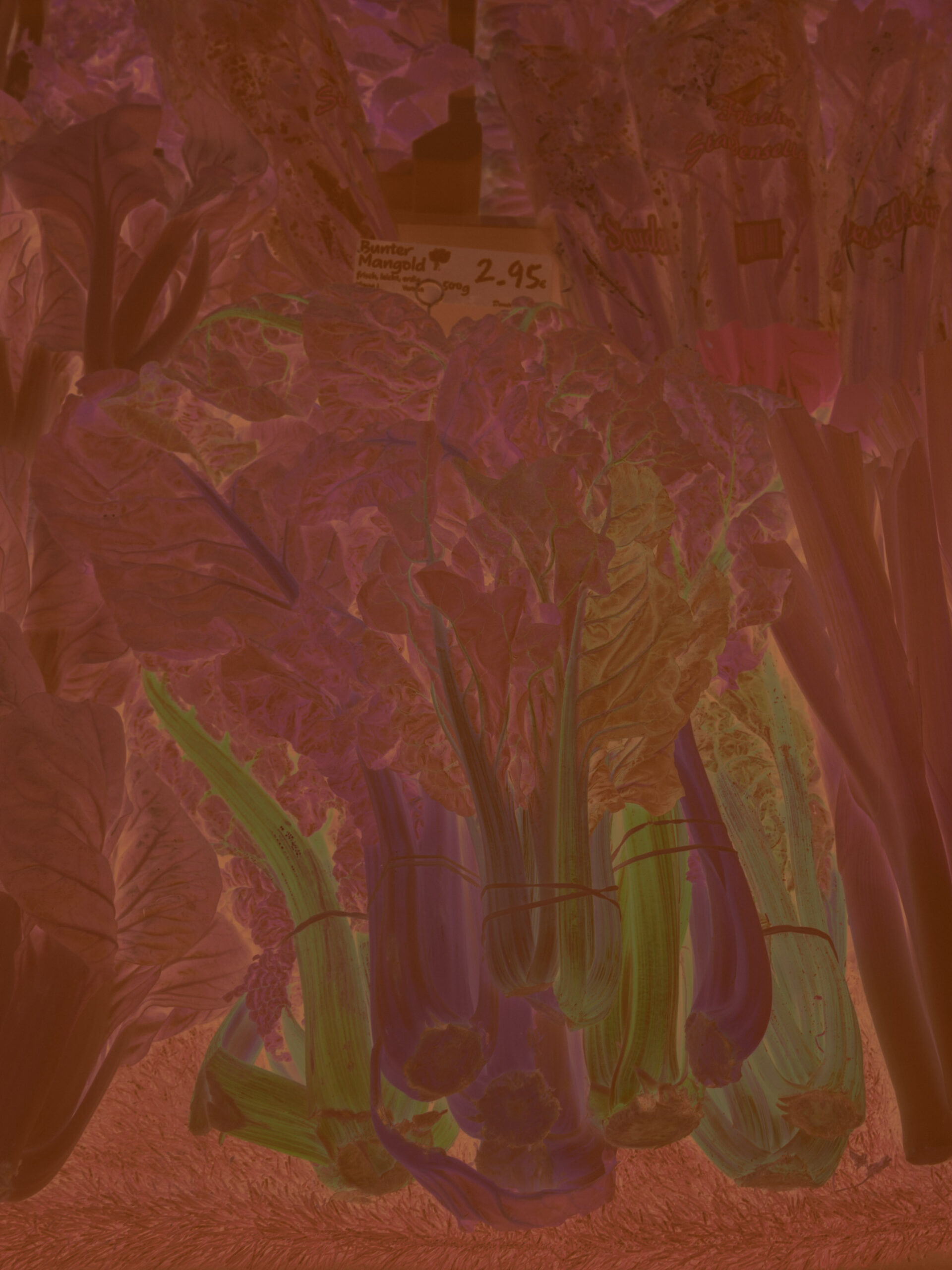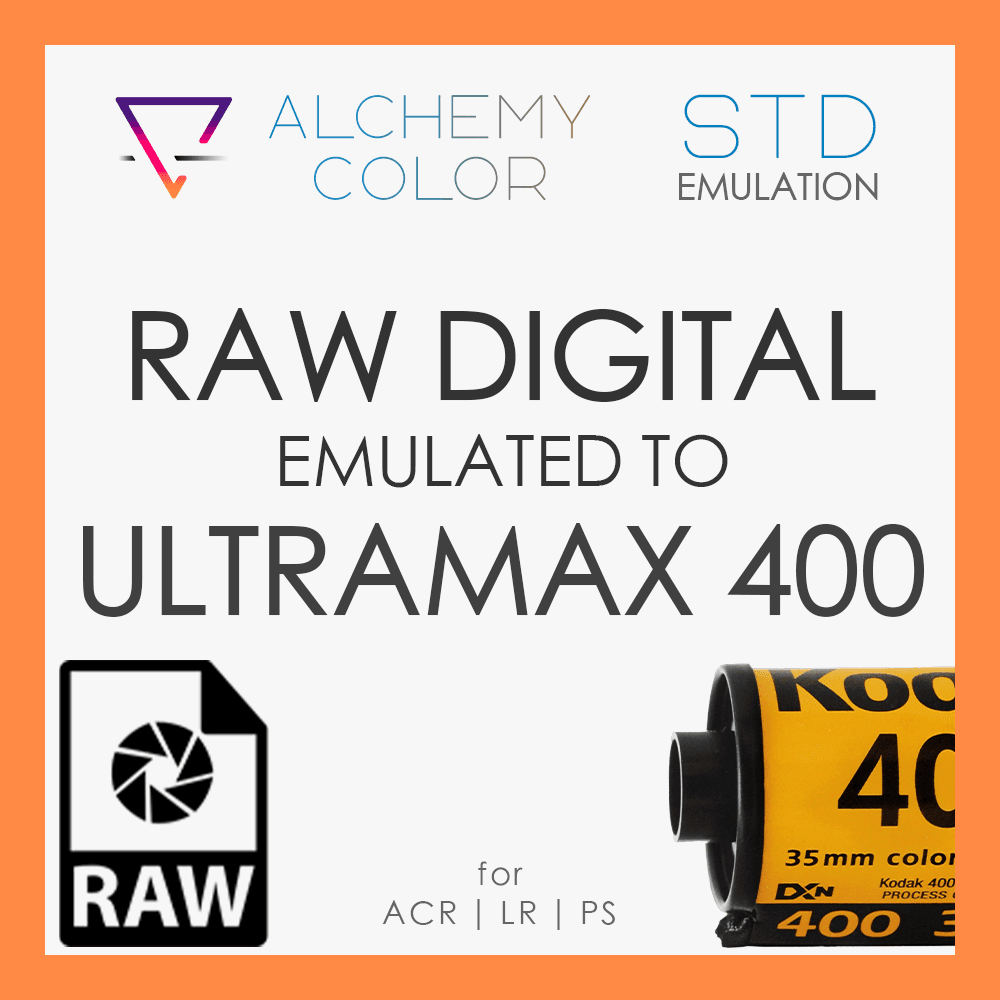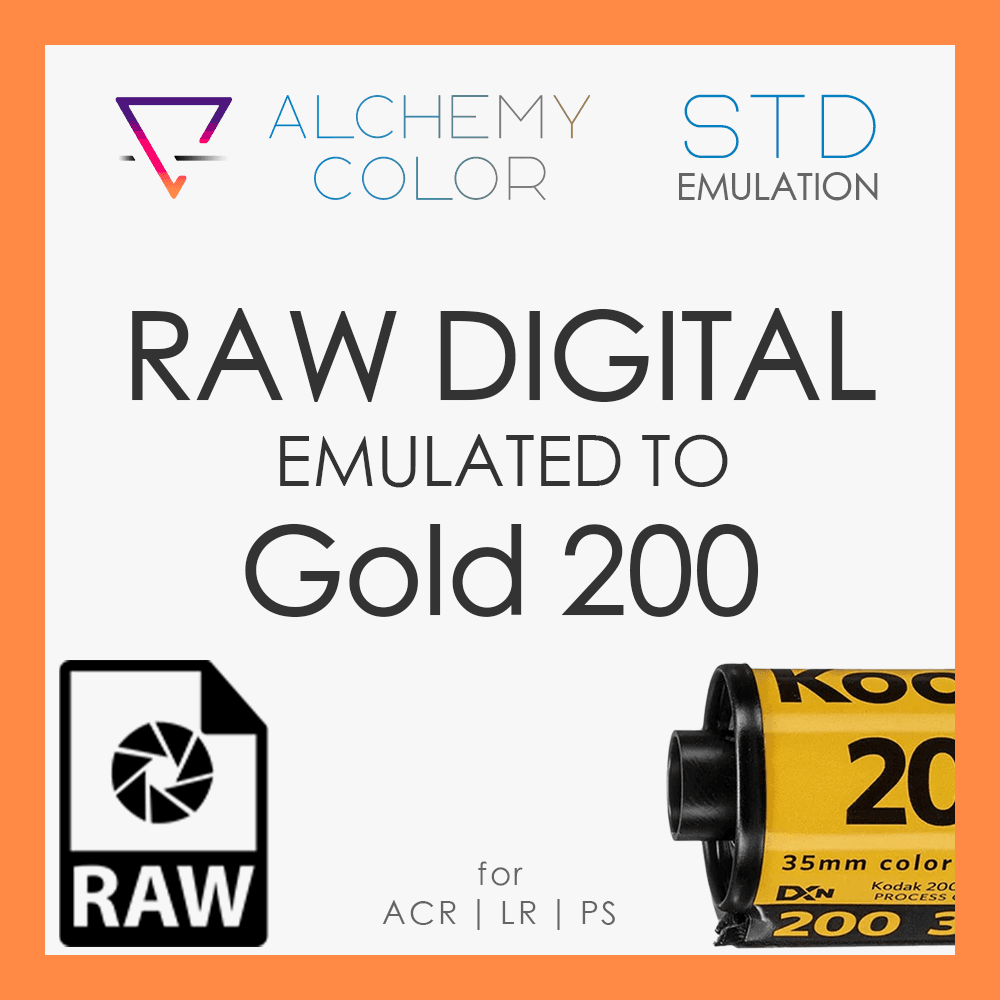Film Emulation
ACCURATE COLOR FROM FILM NEGATIVES
Alchemy Color presents a custom method of film scan, inversion, and digital emulation. We approach the negative under our commitment to accurate color, and the result is a precise scanning and inversion method, leading to a set of profiles and presets that emulate film with digital images.
Our film emulation works as a primer that transforms the behaviour of Adobe Camera Raw into a more analog looking imaging pipeline.

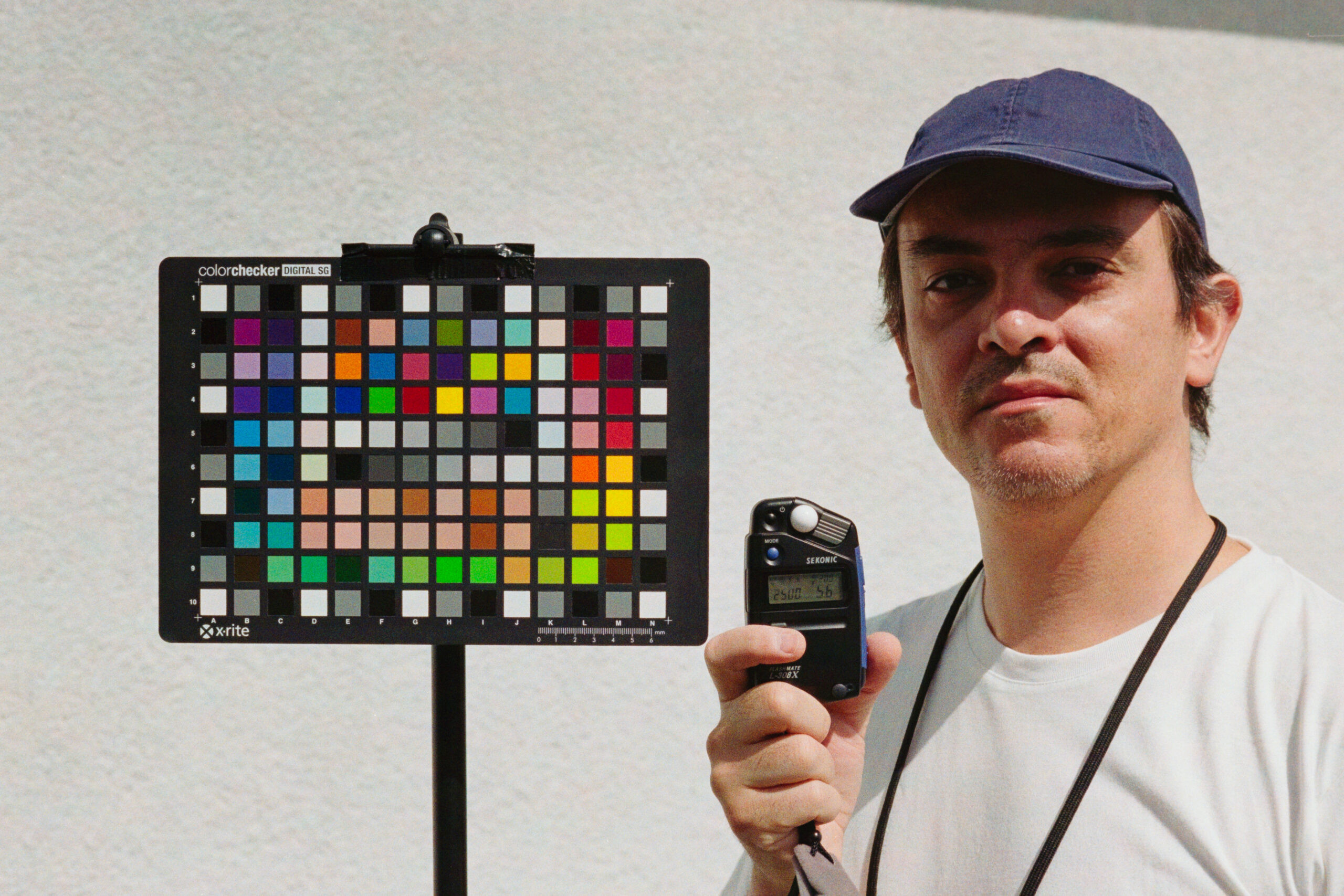
RESEARCH
Watch our extensive research video
Context
NEGATIVES AS HERITAGE MEDIA IN A DIGITAL AGE

Analog to Analog
Color negatives originated during a time when the majority of photographs were printed on chemical paper.
Consequently, the inherent nature of color negatives is intrinsically linked to an optical and chemical imaging method.
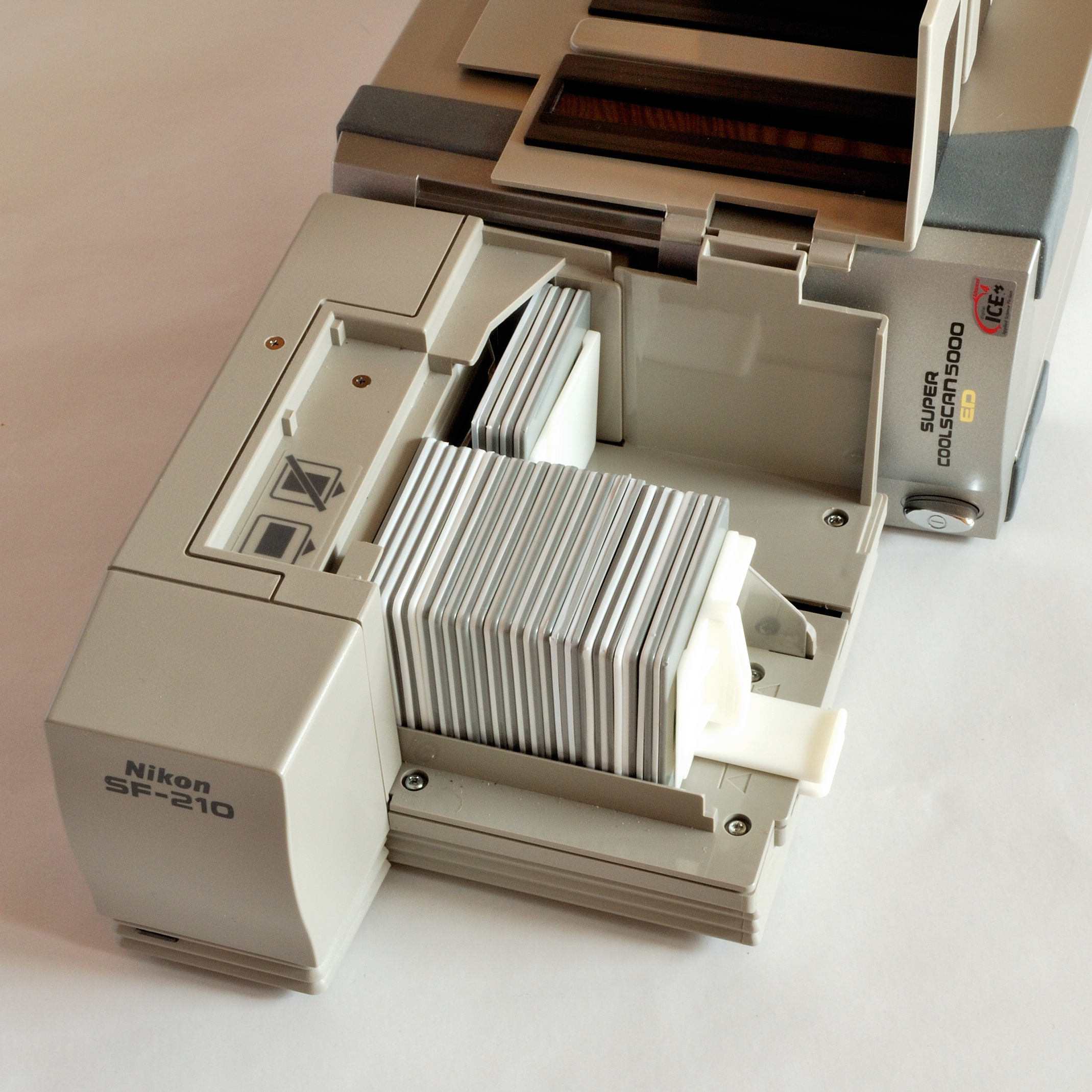
Early Digitization
Nikon introduced the COOLSCAN in 1993, a compact and affordable film scanner that democratized digital photography. It bridged the gap between digital and analog, making digital photography accessible to everyone.
Since then, film scanning hardware and software have improved in scanning speed, resolution, dynamic range, color depth, and inversion algorithms.

DIY Scanning
Digital camera scanning gained prominence in the early 2010s. While photographers could achieve satisfactory results at home, the use of various setups, cameras, processing techniques, and inversion methods added arbitrary steps to the digitization and inversion processes.
Premise
One major question remains: Is there a non-arbitrary, technically well informed method of inverting color negatives in the digital domain?
COLOR NEGATIVE SCAN AND INVERSION
SPECIALIZED METHOD
We tested multiple combinations of light sources, DNG profiles, and white balance settings until we arrived at a method that abides by our premise. Learn about every step in our video tutorial. We also created a simpler, universal method, compatible with any raw capable digital camera without DNG profile dependencies.
capture
NEGATIVE DIGITIZATION
Our specialized method captures the negative under very controlled circumstances, akin to artwork reproduction. We illuminated the negative with the same high-quality D50 LEDs used for camera calibration. Extensive tests were made with narrow-band RGB LED sources with explicitly worse results.
- YujiLED D50 LEDs illuminate a spectrally neutral white background.
- Sony A7IV + Canon EF 100mm 2.8 macro.
- Exposure set as a median between the burned tip and transparent film lead.
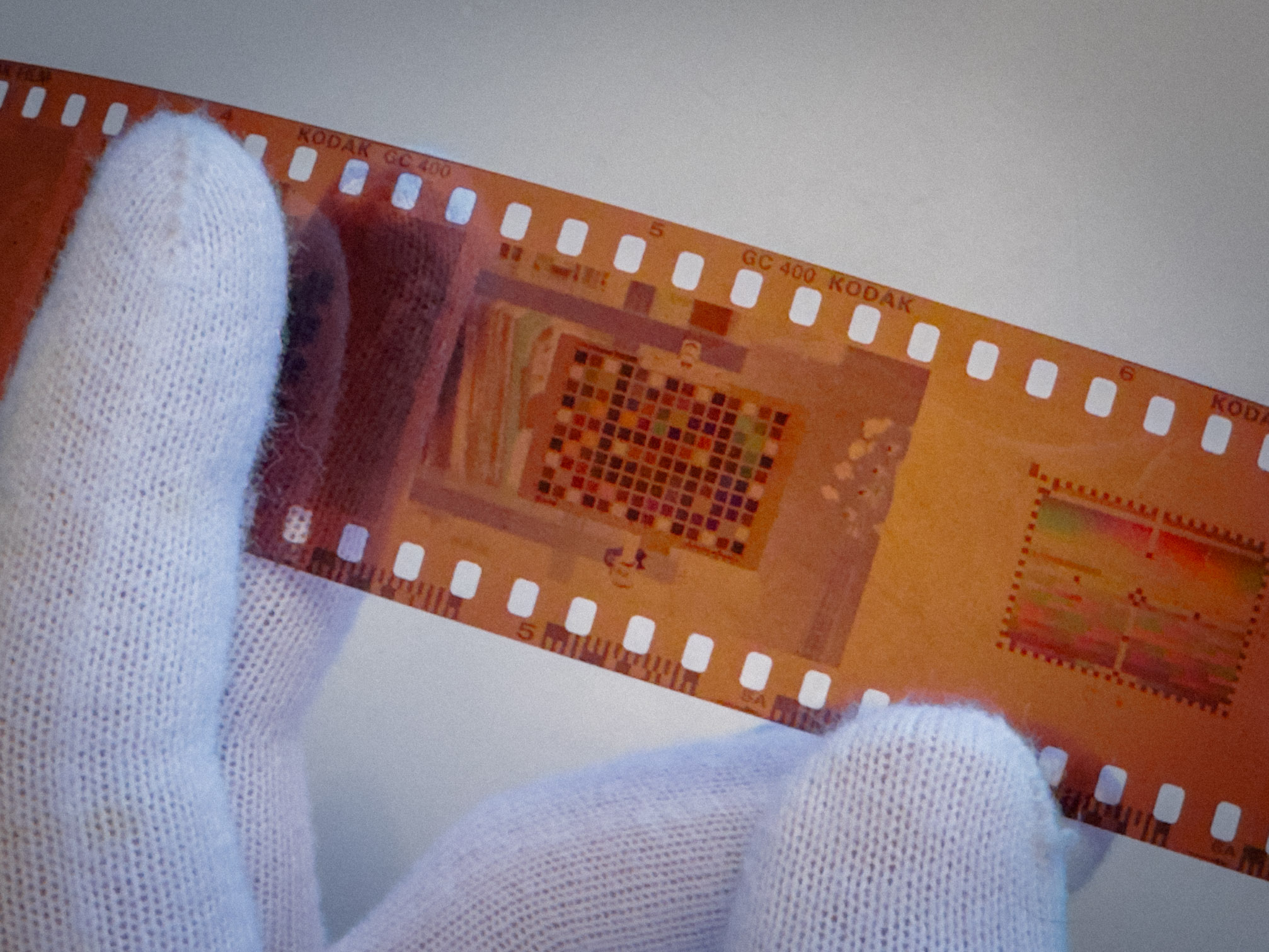
2. Processing
CALIBRATED COLOR WORKFLOW
The resulting raw image is processed with a linear calibrated profile, specific to the camera and light sources used to photograph the negative. The resulting image is a digital facsimile of the negative’s color with uncompromised precision.
- Calibrated profile ensures accurate color reproduction.
- Color separation is handled by the profile.
- Contrast is kept linear, thus preserving the negative’s native tonality.
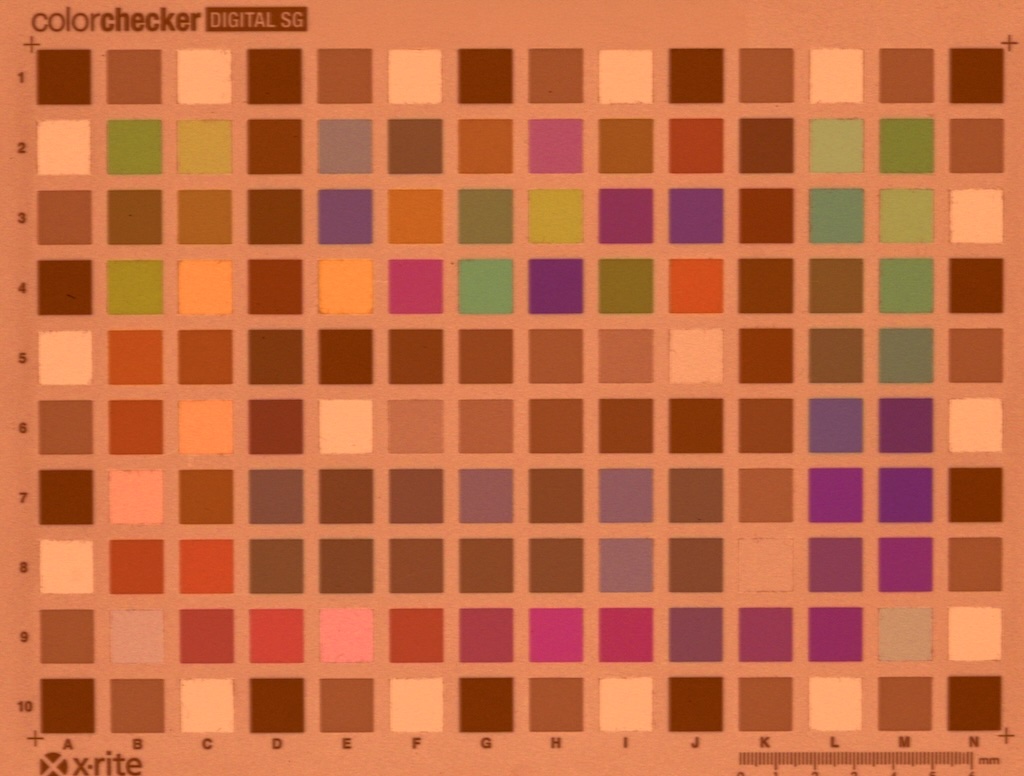
Negative processed with a linear, calibrated profile.
3. Inverting
ACCURATE AND FLEXIBLE INVERSION
Our inversion method is based on the work of Aaron Buchler. It allows for a mathematically accurate inversion of the negative to positive in the digital domain. The resulting flat positive of a ColorChecker SG shot on Kodak Gold 200, when tone matched against reference values, results as low as a DeltaE2000 of 2.84 can be achieved. This low value is a testament not only to the accuracy of the method but to the overall precise colorimetry of the negative.
The resulting inversion is then passed through a publicly available chemical print paper ICC profile that completes the expected analog signal path.
- Mathematically accurate color negative inversion in 32 bits.
- Added Kodak Endura chemical print paper color emulation.
- Contrast can be extensively manipulated, allowing for various toned outputs:
- Linear contrast.
- Adobe Camera Raw Standard contrast.
- Kodak Endura print paper contrast emulation.
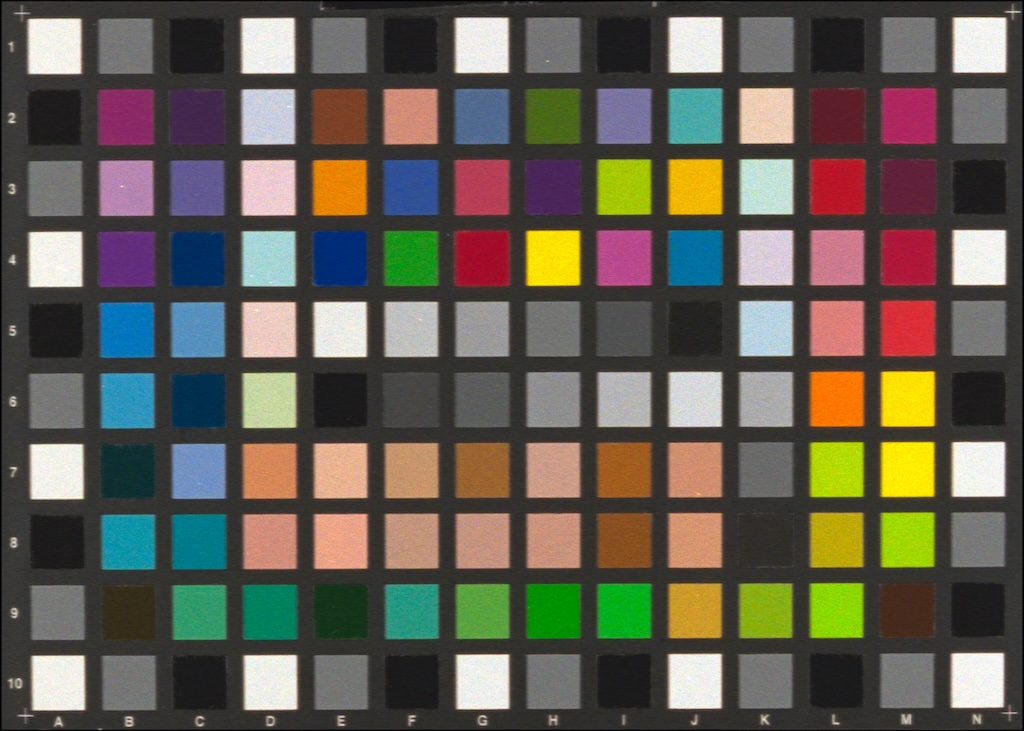
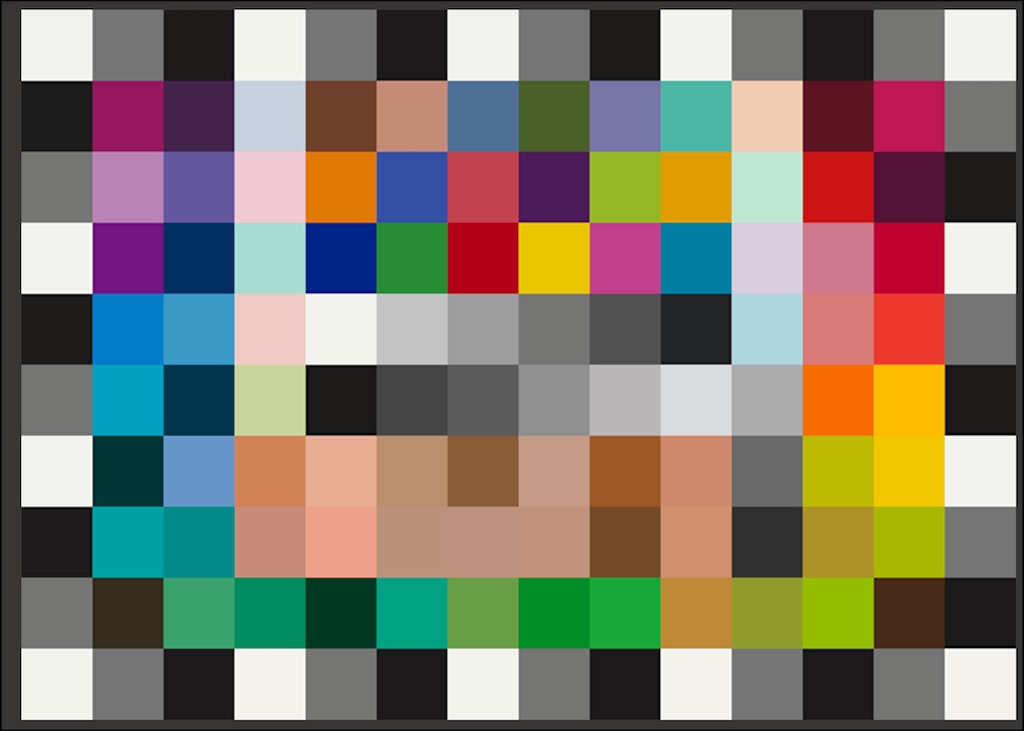
Inverted negative vs. reference values
PRESENTING ALCHEMY COLOR FILM EMULATIONS
Our specialized method of film scan and negative inversion provides all the necessary data to create an innovative set of digital emulations. Negative and print paper color is embedded into the Adobe Camera Raw pipeline for a convincing and versatile film emulation.
🜃 1.1. Negative
The most faithful representation of a negative film exists at its most fundamental stage: the developed negative.
With our custom color matching methods, we're able to transform a digital image into a particular film negative, as seen by our Specialized Method scanning method.
The original negative’s color characteristics are preserved, ensuring a well-informed conversion back to positive.
Allows for arbitrary inversion with any desired inversion method. Can also be applied to TIFF images.
USING THE NEGATIVE EMULATION
- Load a raw image.
- Adjust white balance and exposure.
- Export as a 16 bit TIFF in any wide gamut color space.
- Invert manually with our Universal Method.
- Invert with third-party software like Negative Lab Pro.
- See our video for a detailed tutorial on using the negative emulation.
- Apply the bundled Negative Invert preset with technical curves.
Step 1 - Apply preset and export as TIFF.

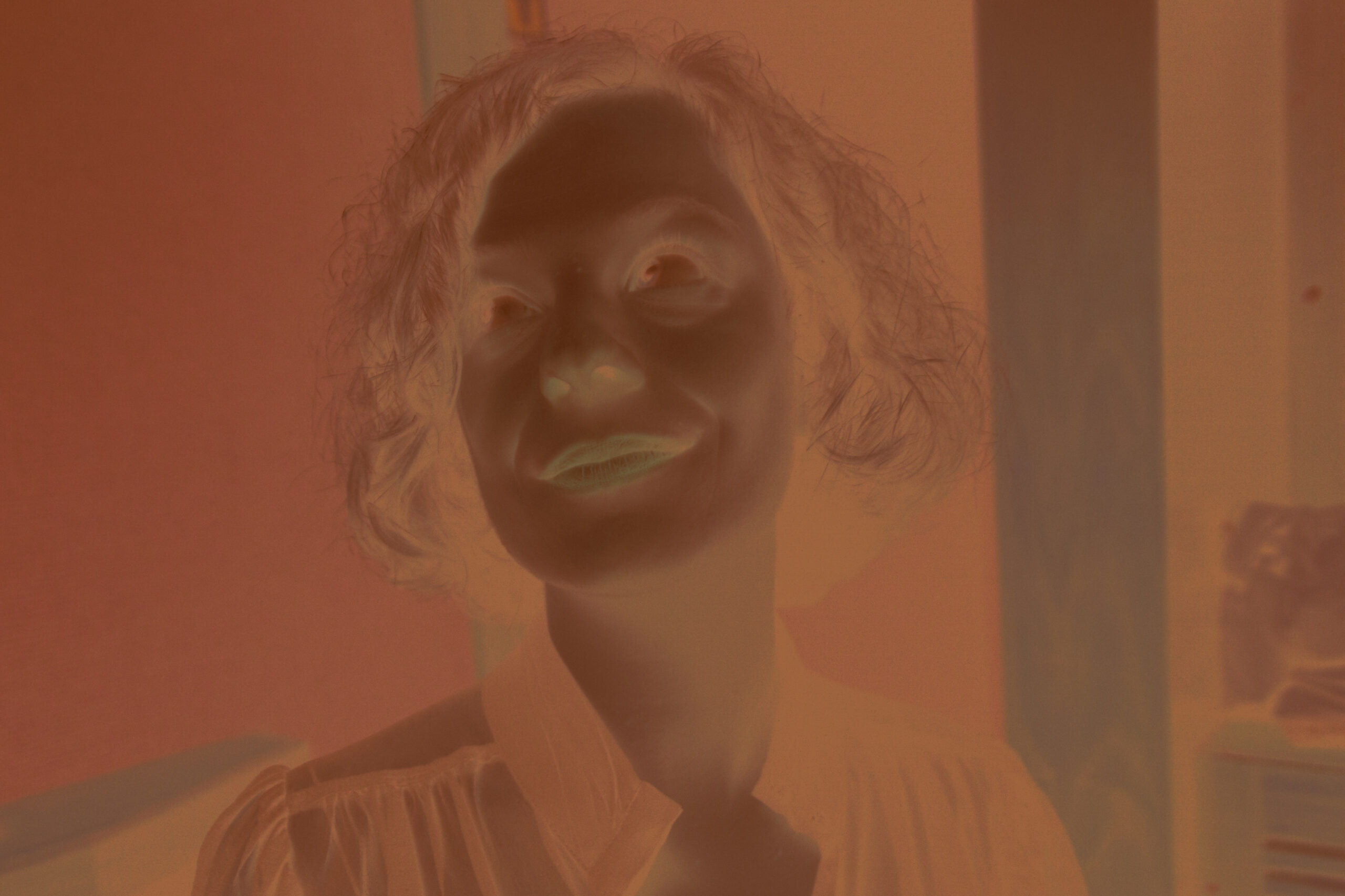
Adobe Standard > Negative Emulation
Step 2 - Invert with third-party software or manually.


Exported TIFF > Negative Lab Pro
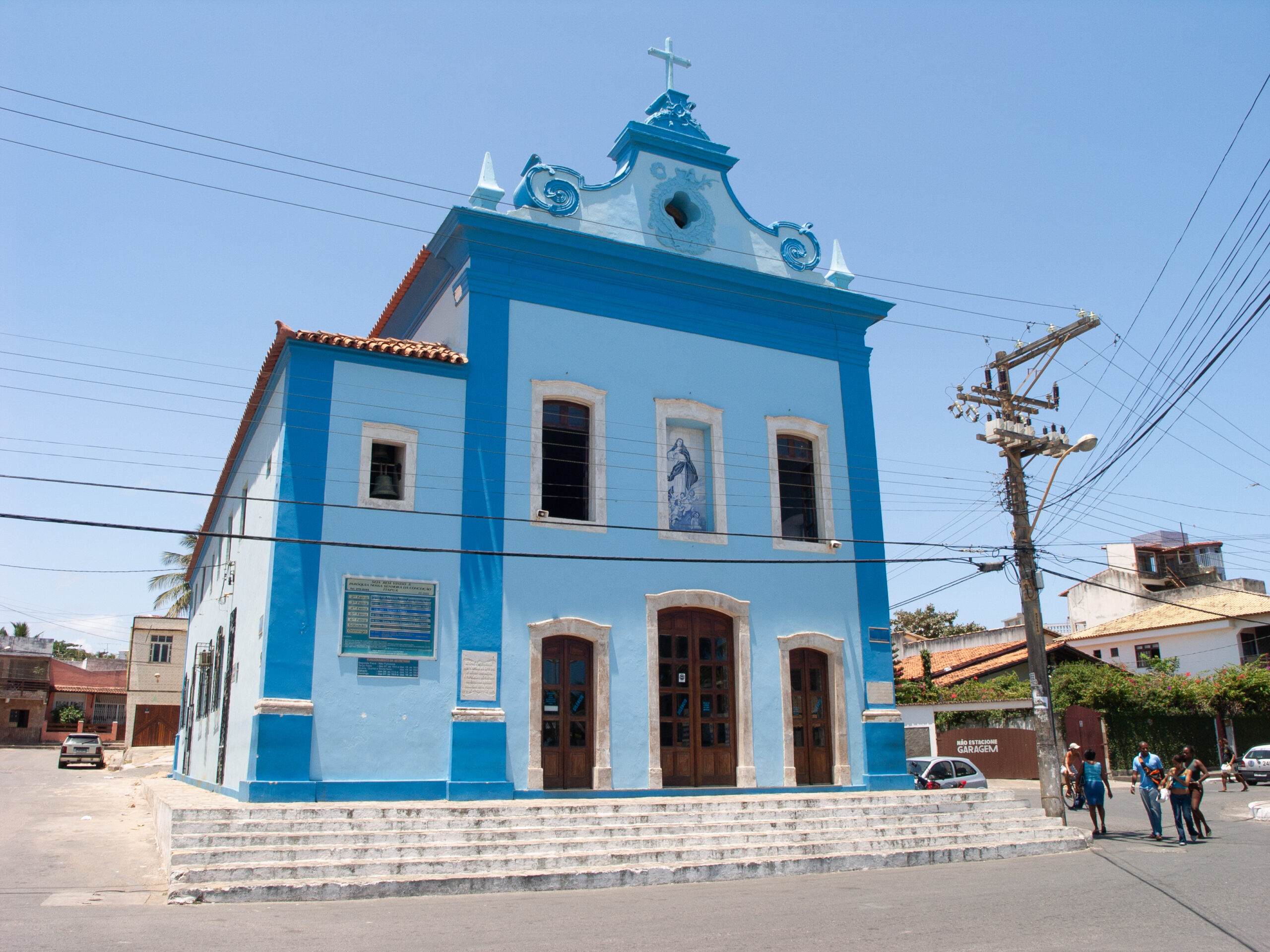

Adobe Standard > Negative Emulation + Negative Lab Pro
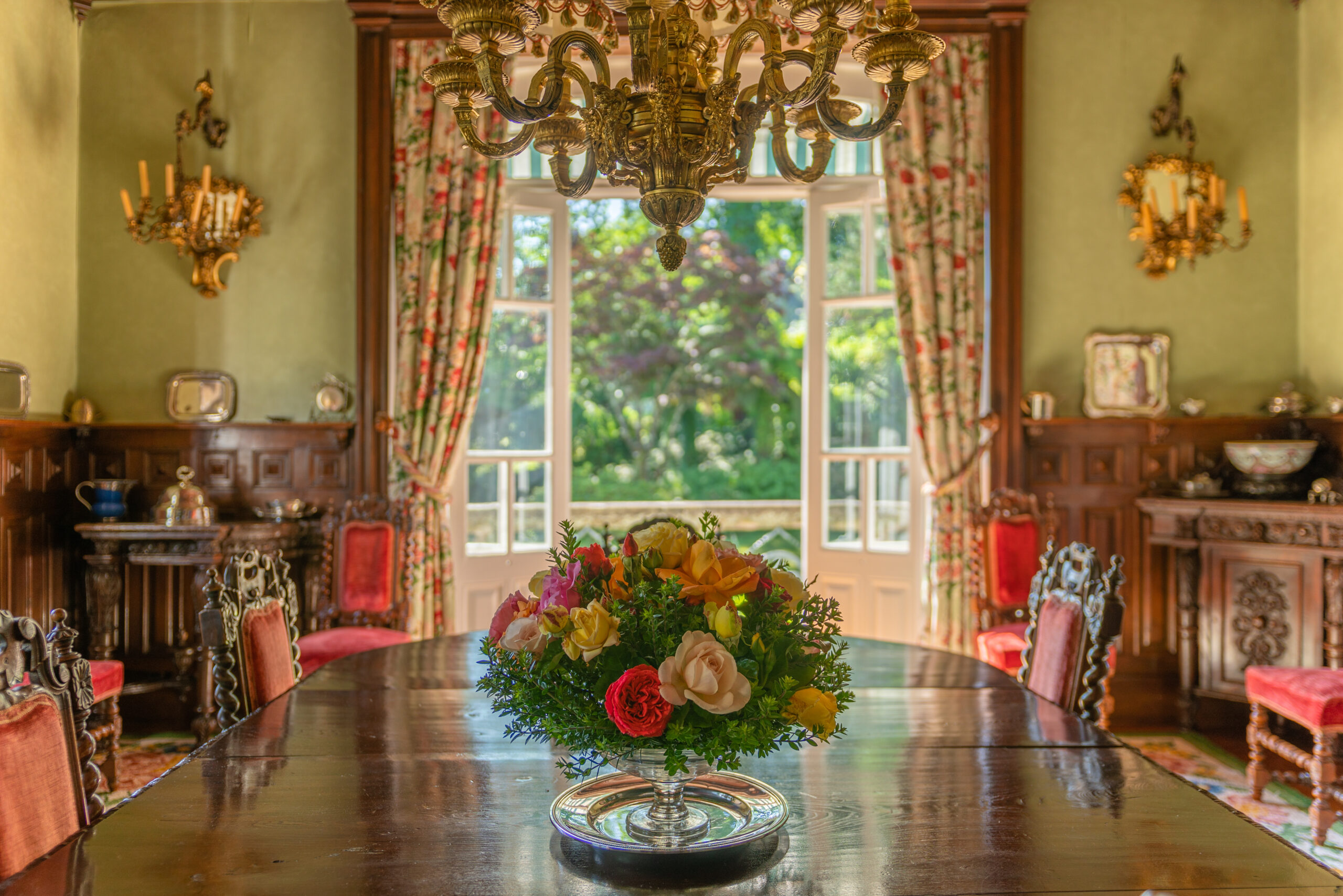

TIFF > Negative Emulation + Negative Lab Pro


TIFF > Negative Emulation + Negative Lab Pro
COLOR MATCHING REPORT
Digital emulation vs negative.
Source camera: Sony A7IV.
3DLUT Creator using the CIEDE2000 metric.
Lower is better. Values below 2 are only perceptible through close observation.
- All samples: 0,67
- Worst: 4,77

🜃 1.2. Linear
Color is extracted from our Specialized Method scan and inversion method. This emulation offers a low contrast/saturation flat starting point.
Preserves a linear tone curve and adds film and print paper color. Allows for more extensive editing in the develop panel. Alchemy Emulation Pro profiles are linear by design. Alchemy Emulation Standard profiles load a custom curve that reverses the Adobe Standard tone curve, thus emulating a linear contrast image.
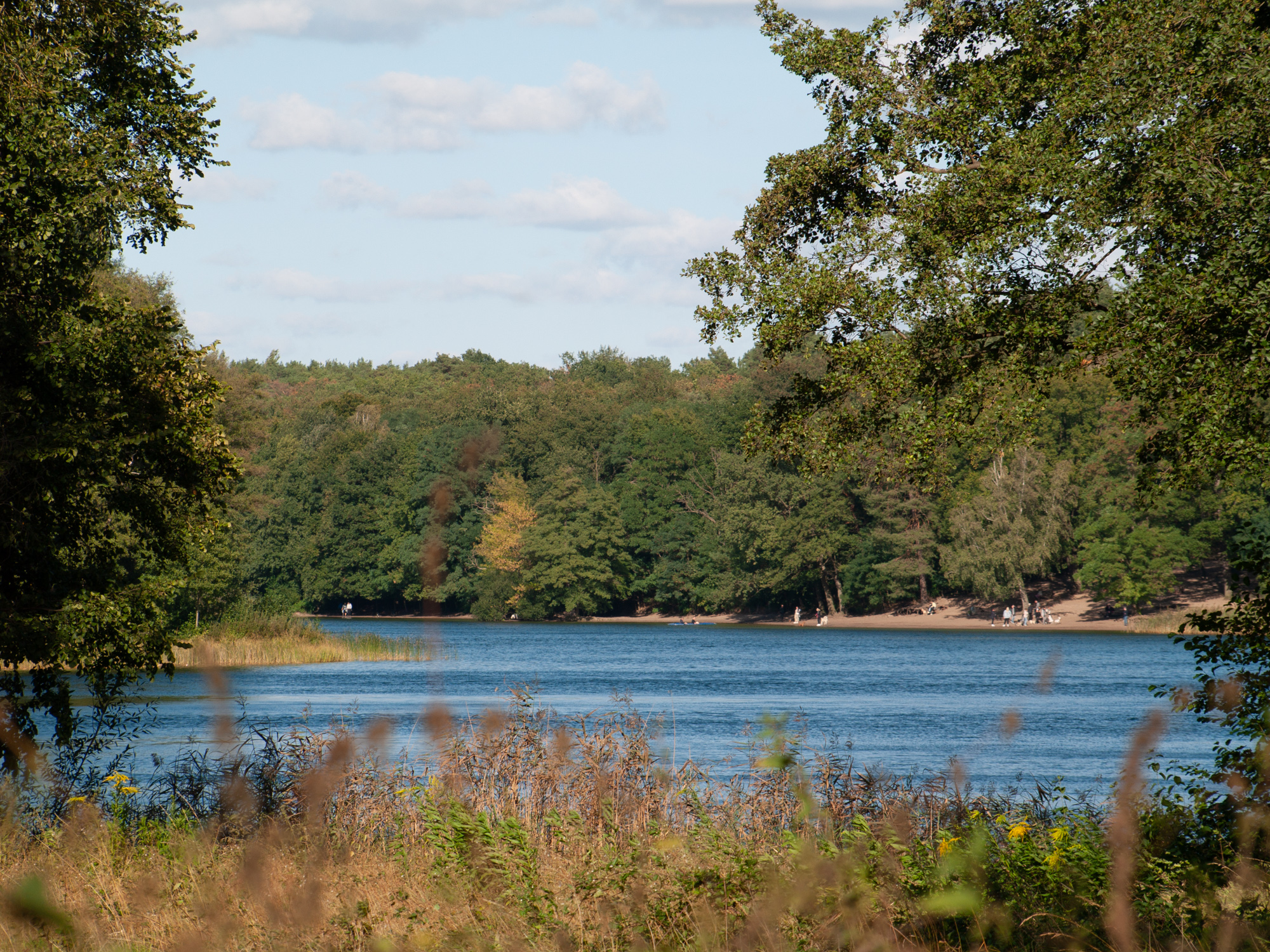
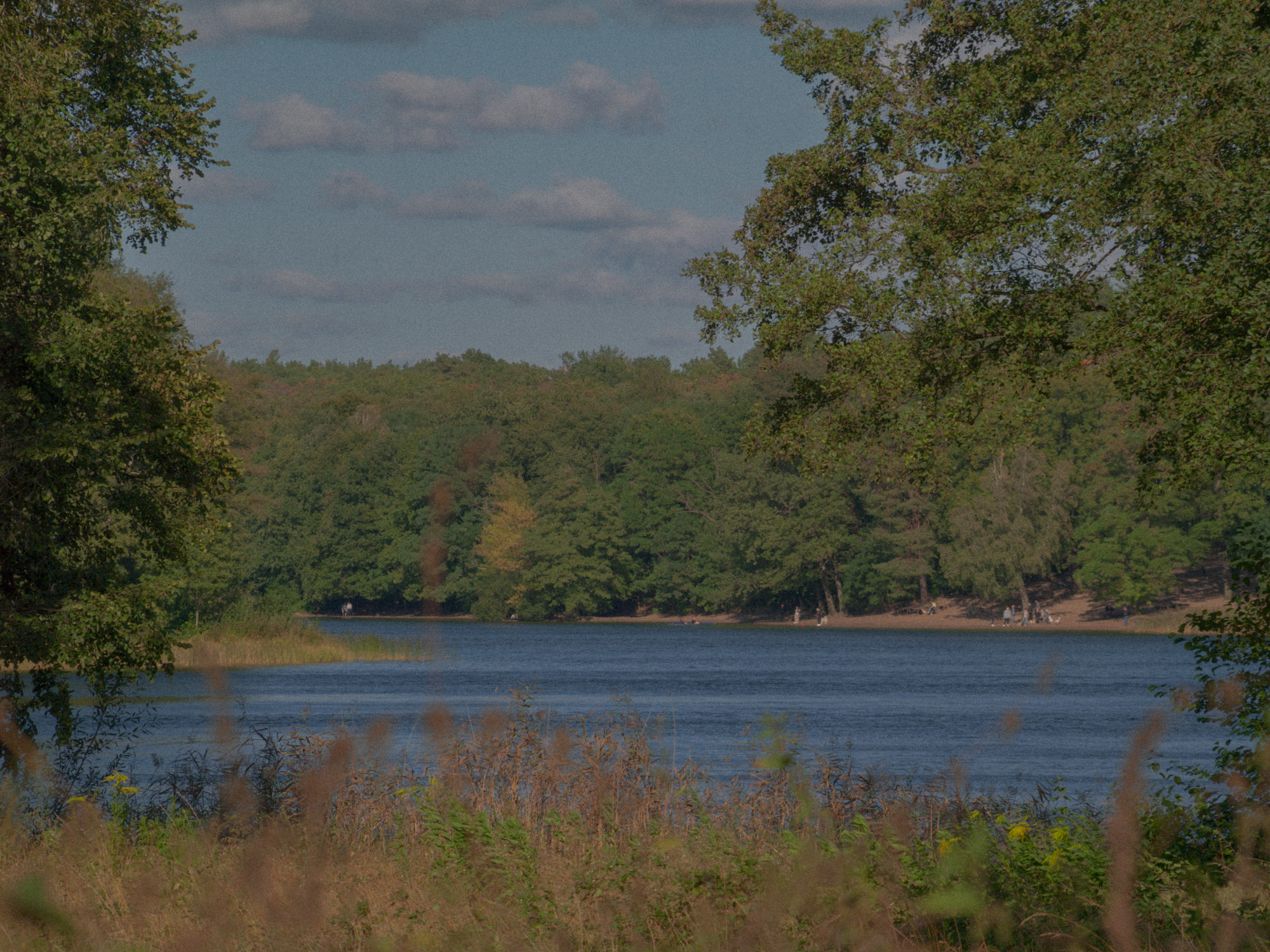
Adobe Standard > Kodak Gold 200 linear

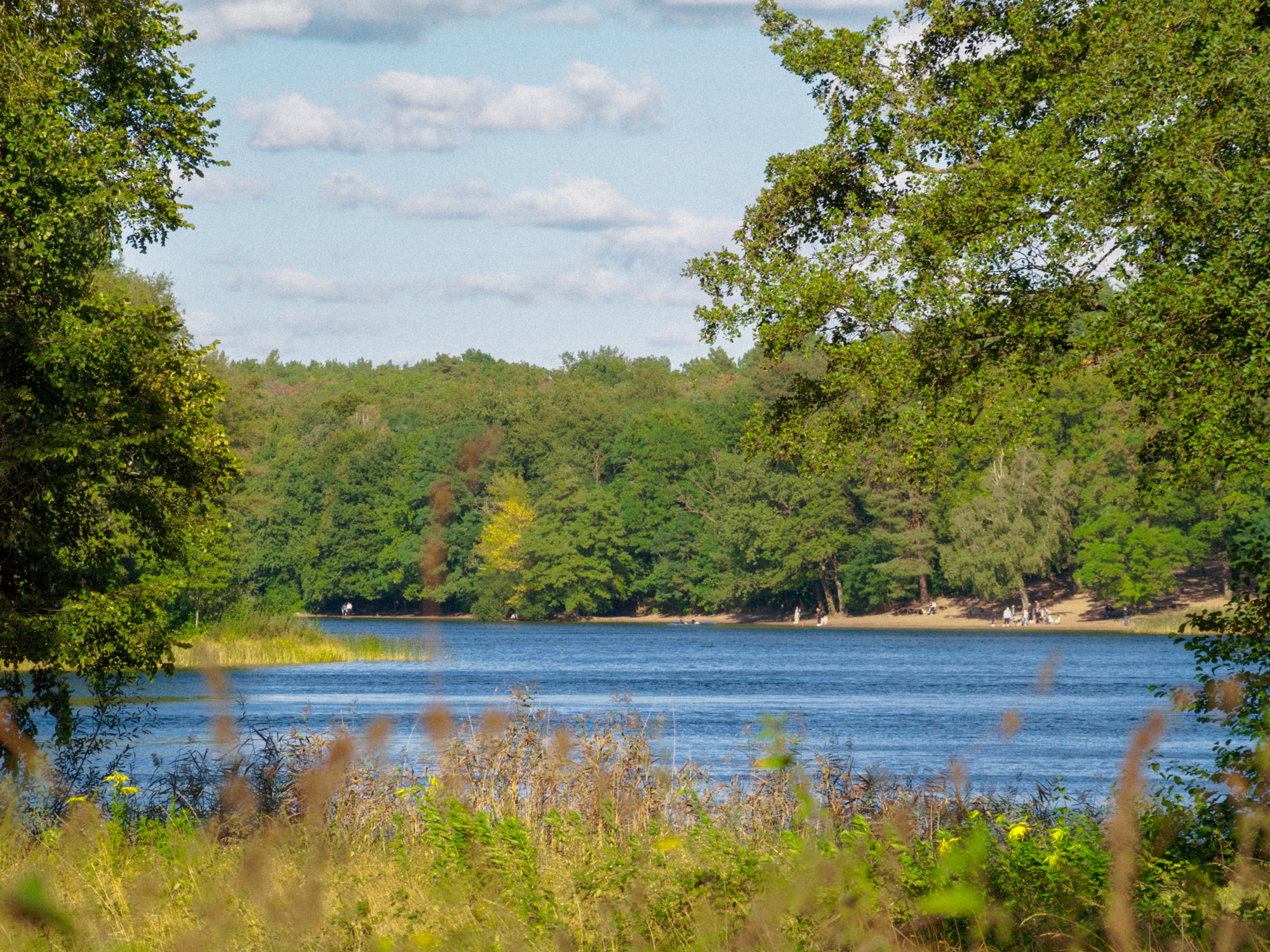
Kodak Gold 200 linear > Plus exposure and contrast
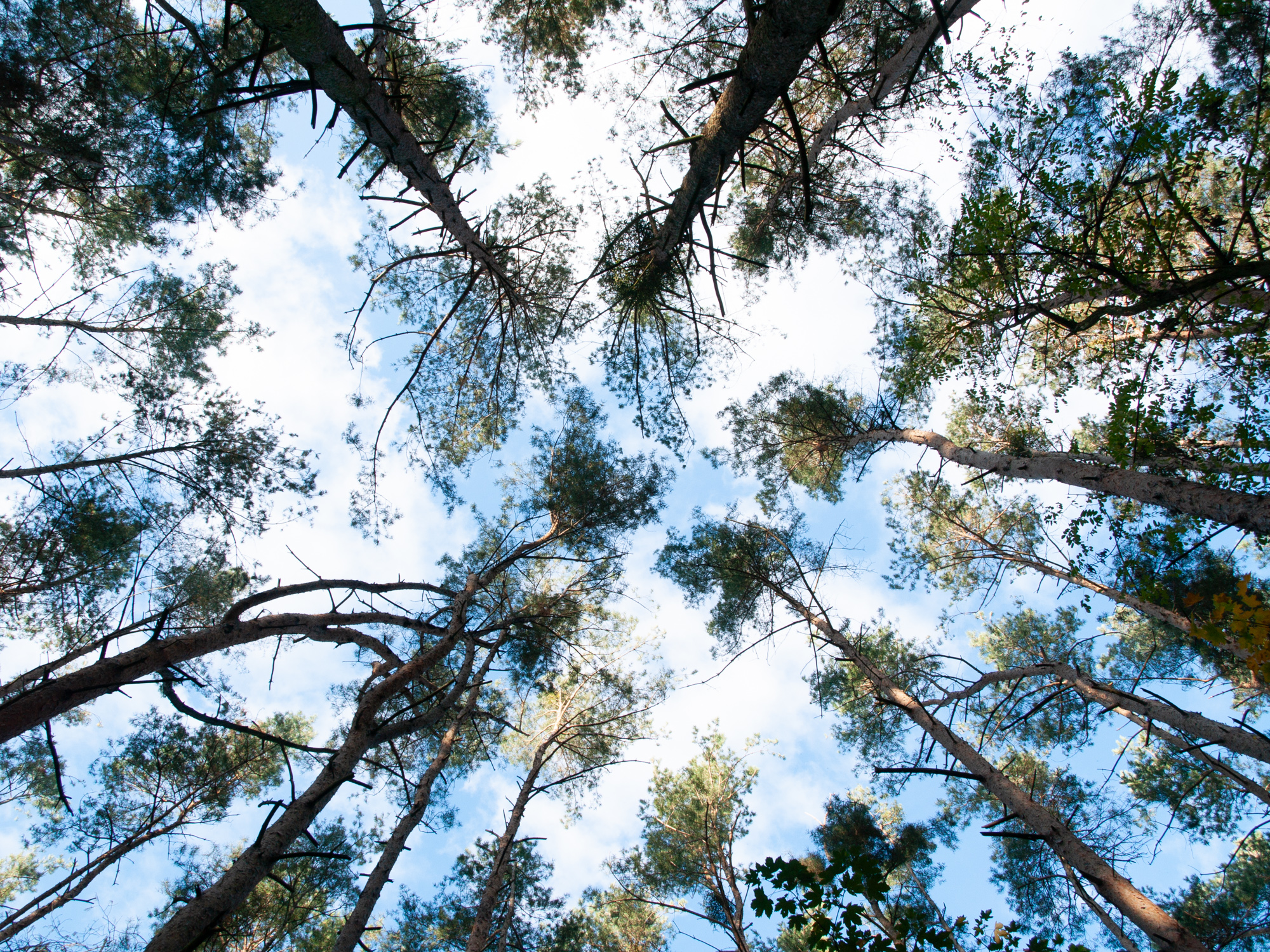
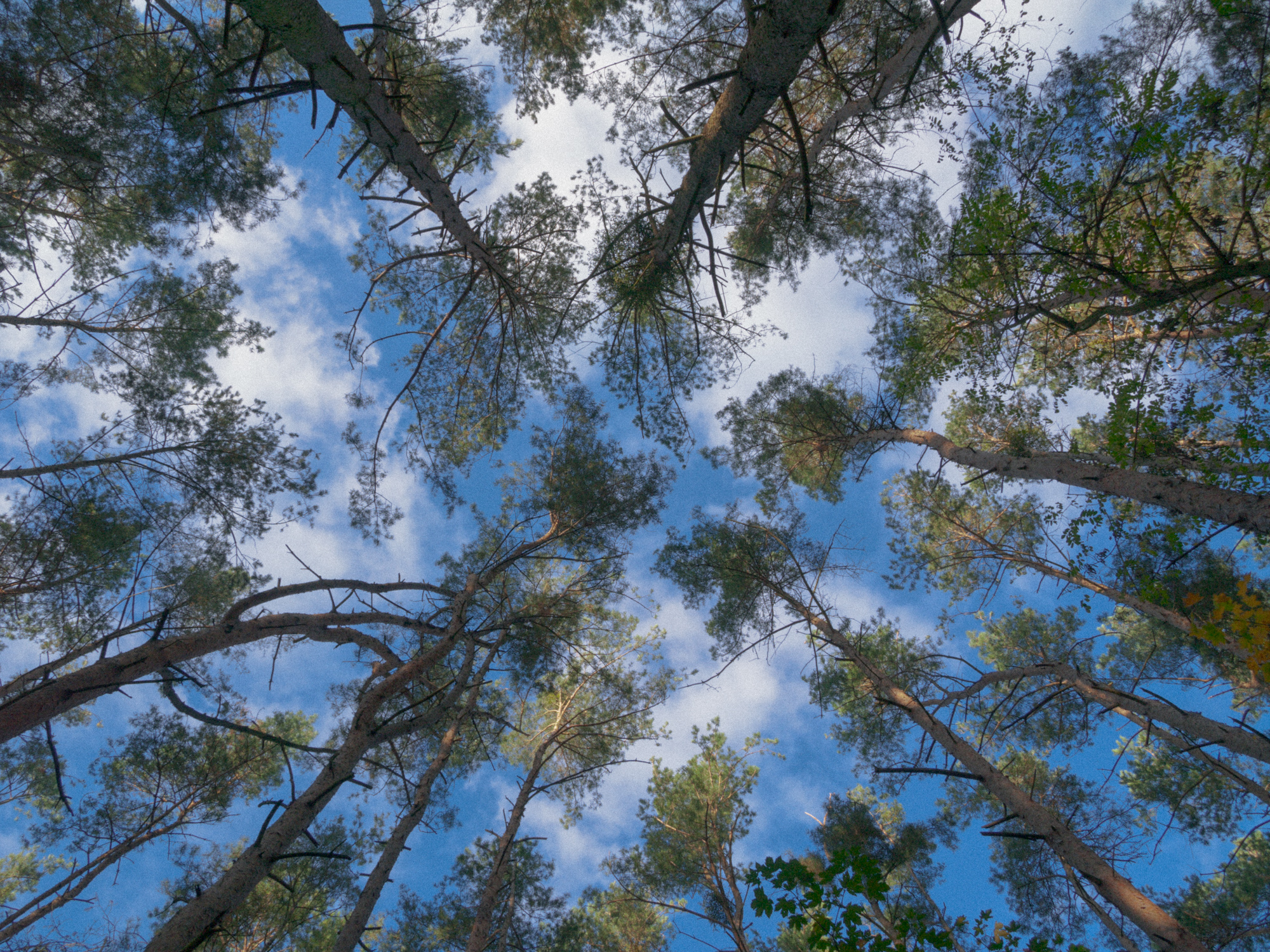
Adobe Standard > Kodak Gold 200 linear

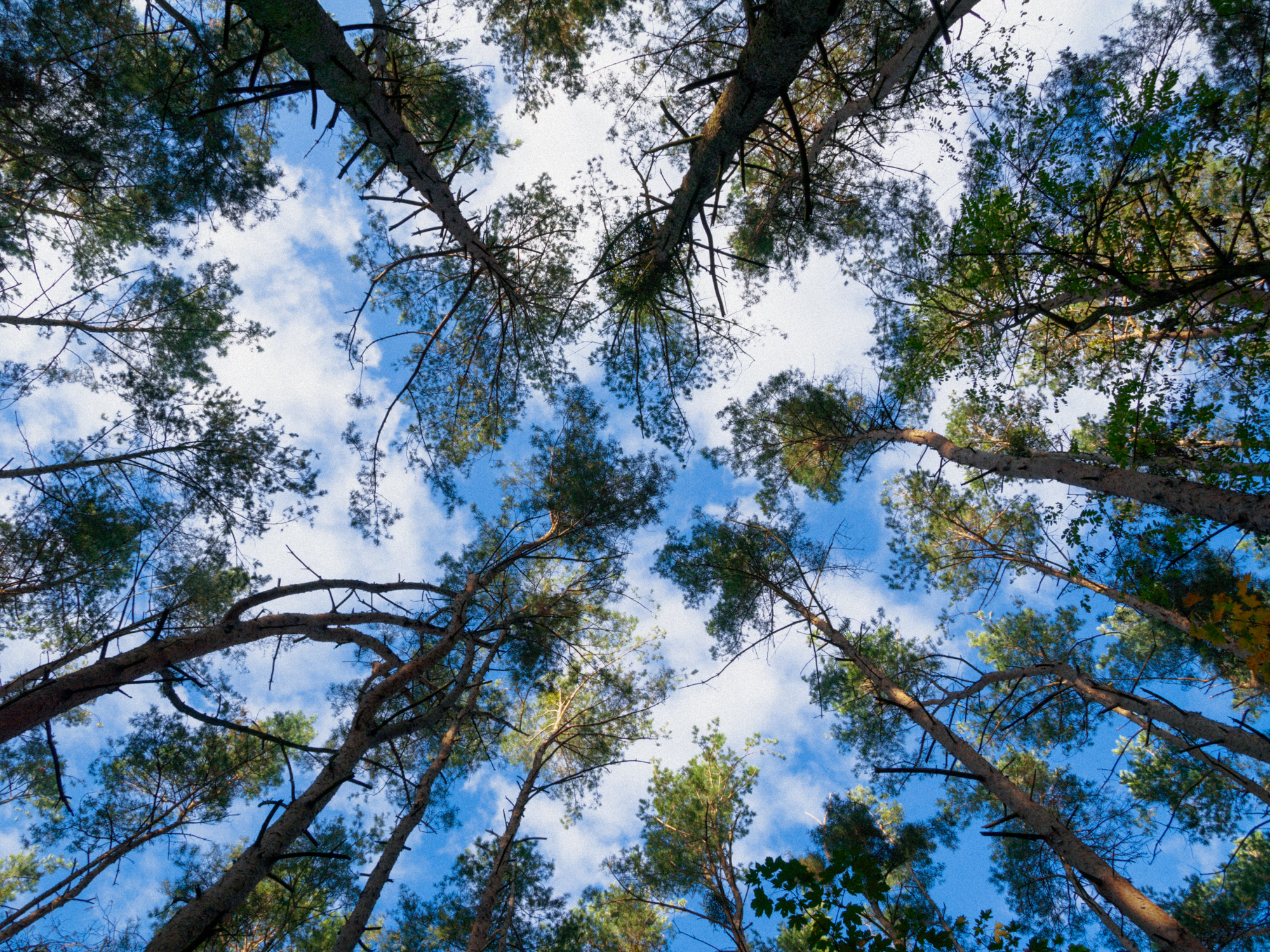
Kodak Gold 200 linear > Plus exposure and contrast
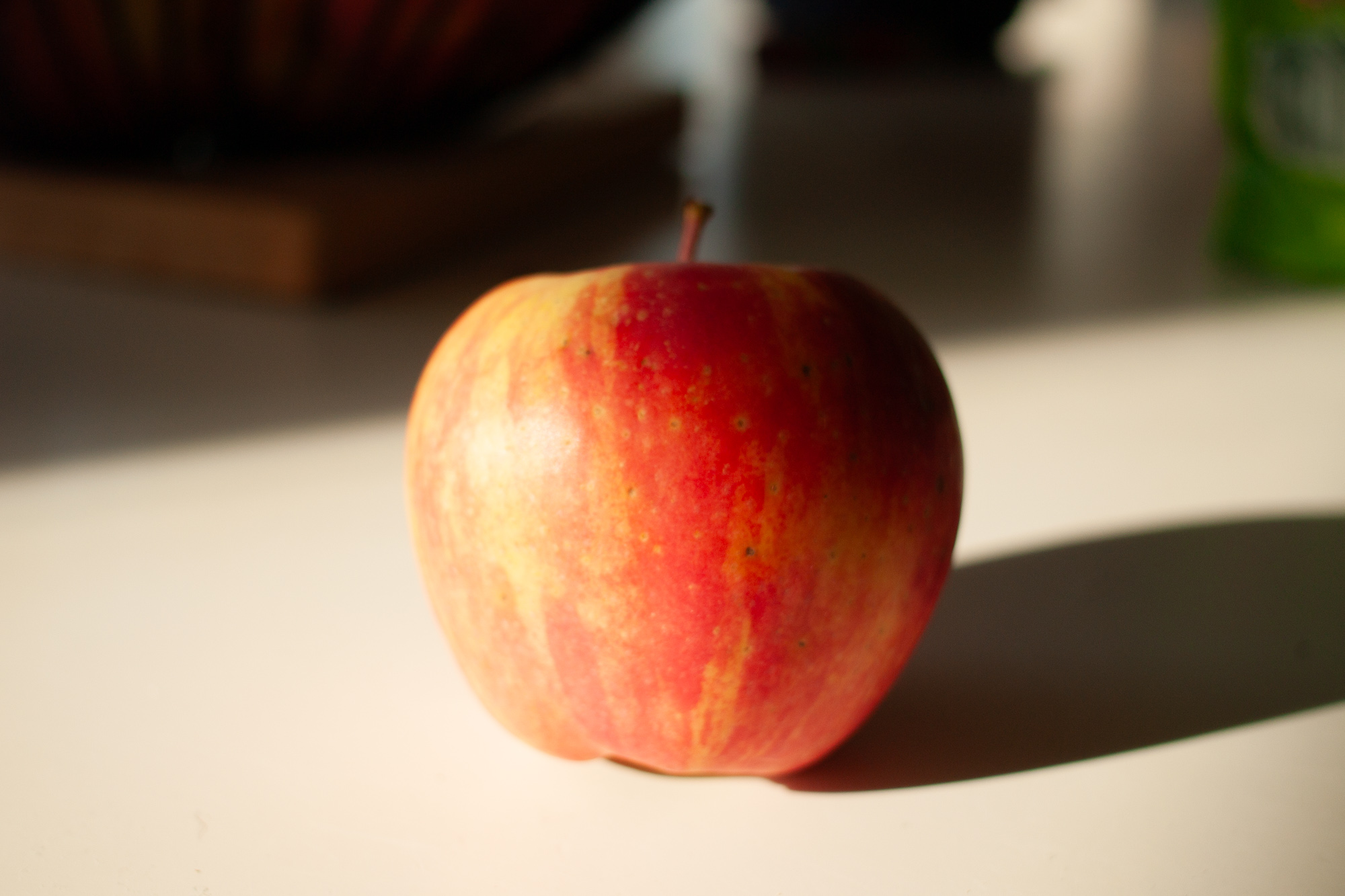
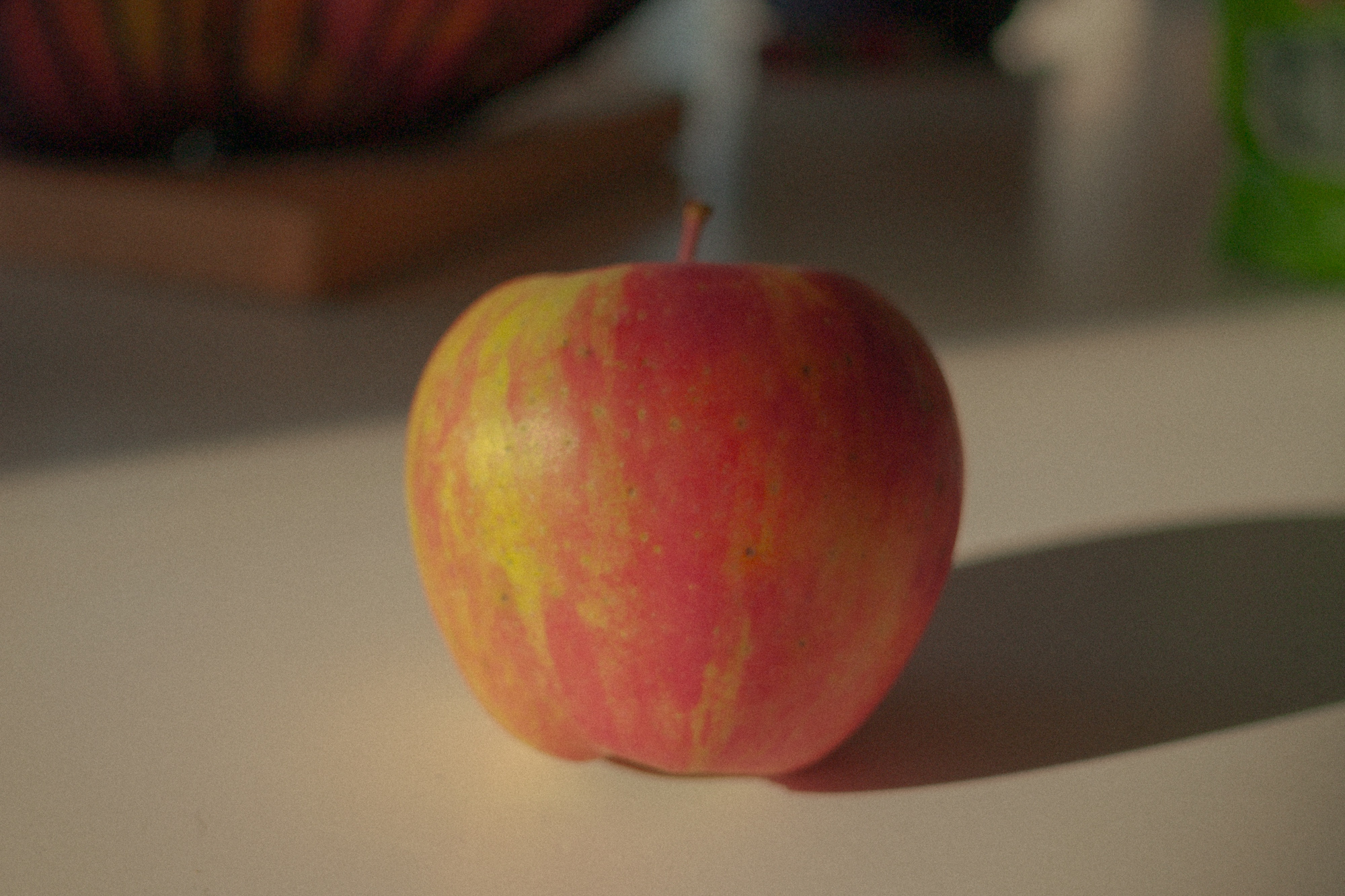
Adobe Standard > Kodak Gold 200 linear


Kodak Gold 200 linear > Plus exposure and contrast
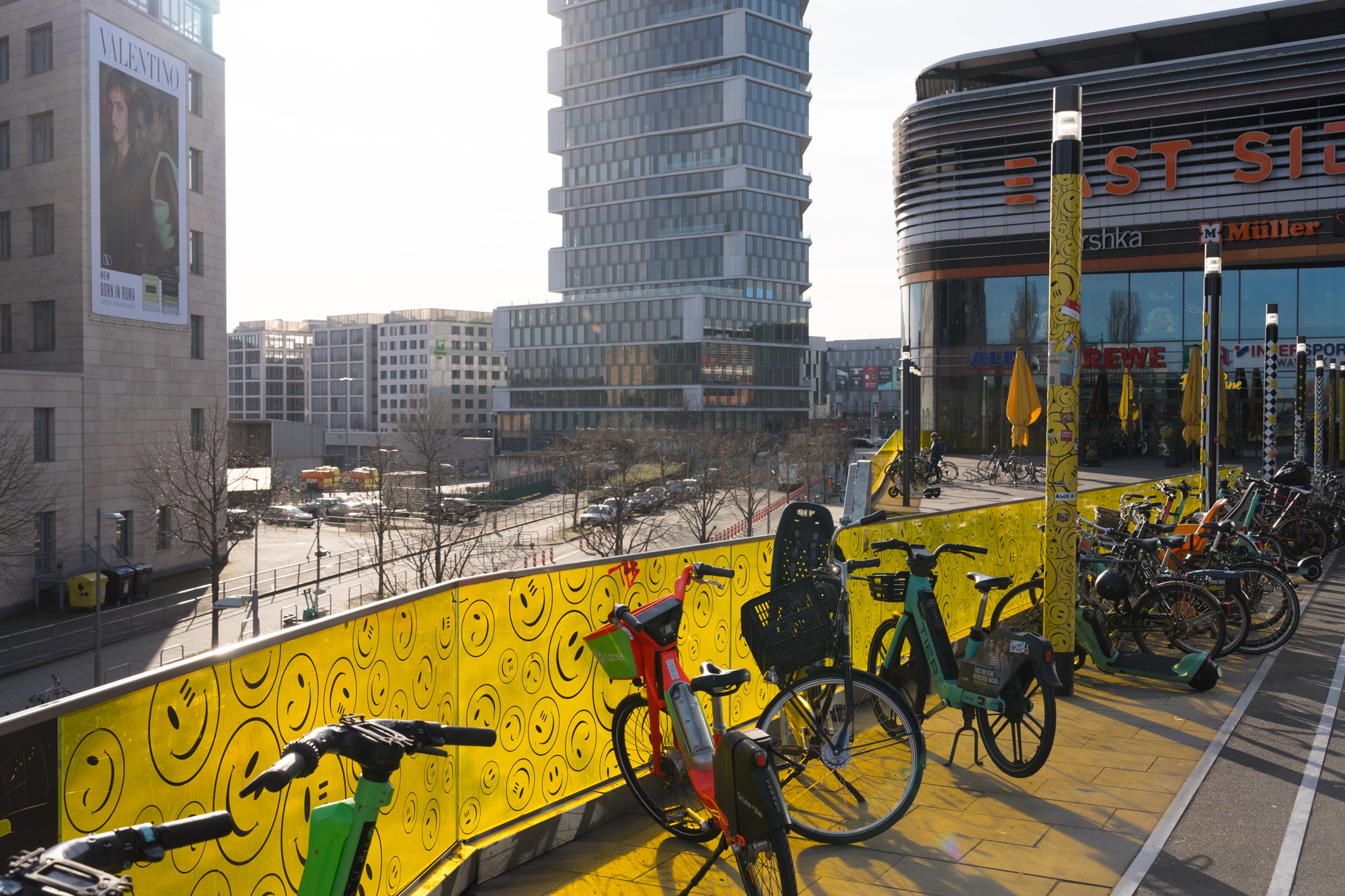
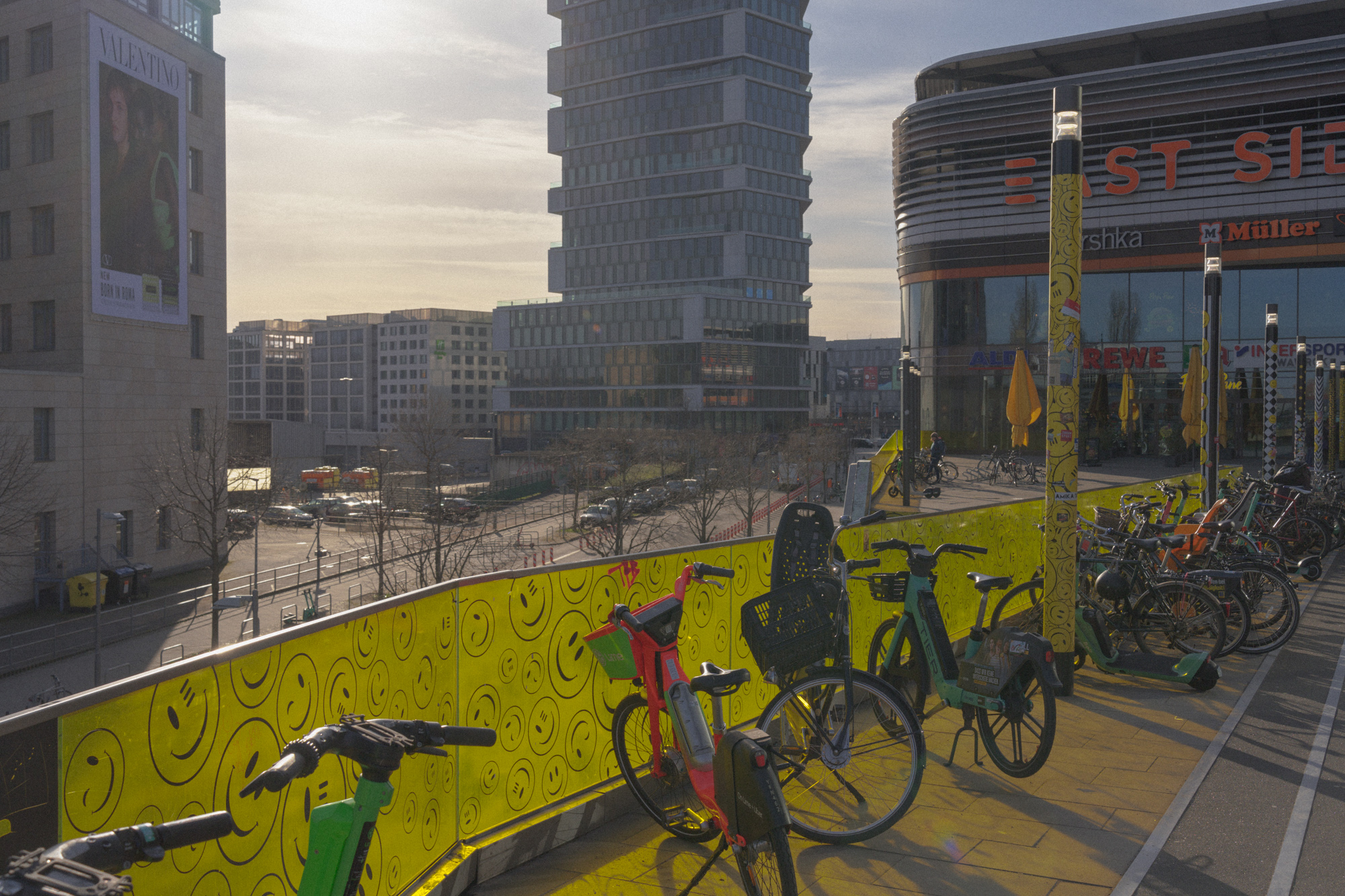
Adobe Standard > Kodak Gold 200 linear


Kodak Gold 200 linear > Plus exposure and contrast
🜃 1.3. ACR
Color is extracted from our Specialized Method scan and inversion method. This emulation adds film color while preserving the native tone curve of Adobe Standard.
Useful for edits previously made with Adobe Standard. Preserves the familar contrast of Adobe Standard.
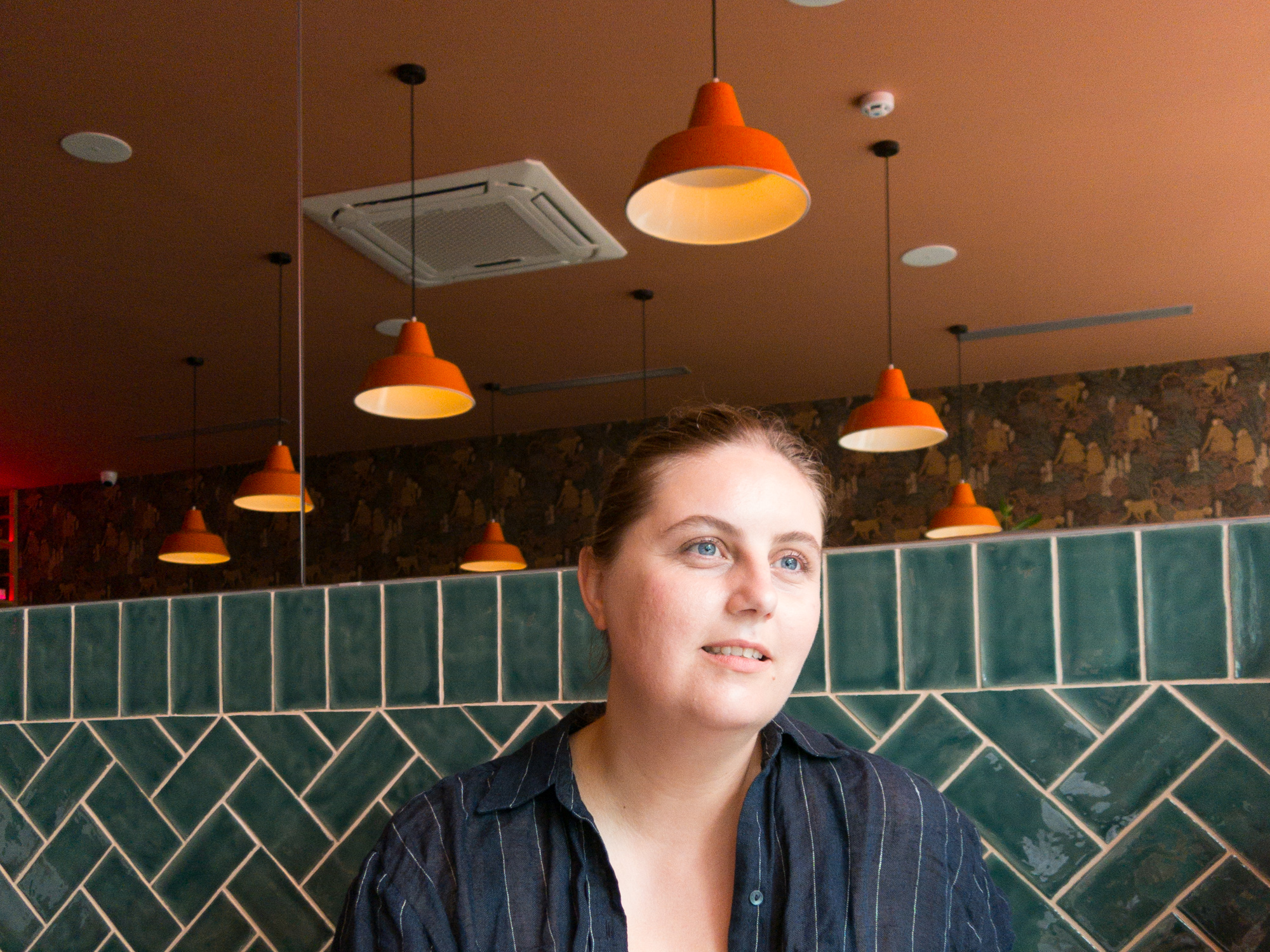

Adobe Standard > Kodak Gold 200 ACR


Adobe Standard > Kodak Gold 200 ACR


Adobe Standard > Kodak Gold 200 ACR


Adobe Standard > Kodak Gold 200 ACR
COLOR MATCHING REPORT
Digital emulation vs negative.
Source camera: Sony A7IV.
3DLUT Creator using the CIEDE2000 metric.
Lower is better. Values below 2 are only perceptible through close observation.
- All samples: 1,37
- Worst: 4,63
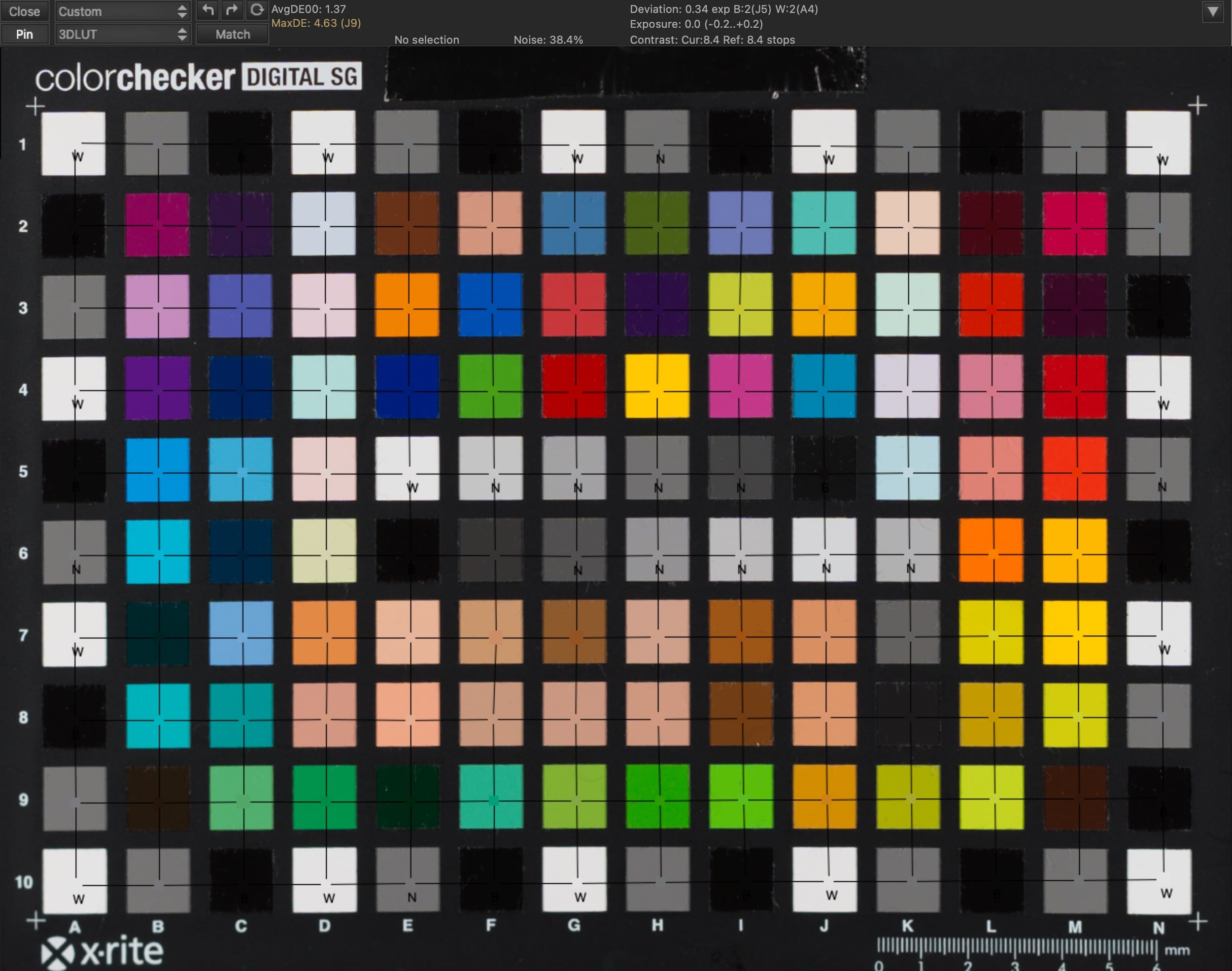
🜃 1.4. Paper
Film color and print paper contrast are extracted from our Specialized Method scan and inversion method.
One click positive emulation with slightly added contrast. Simulates fogged white and black points of print paper.
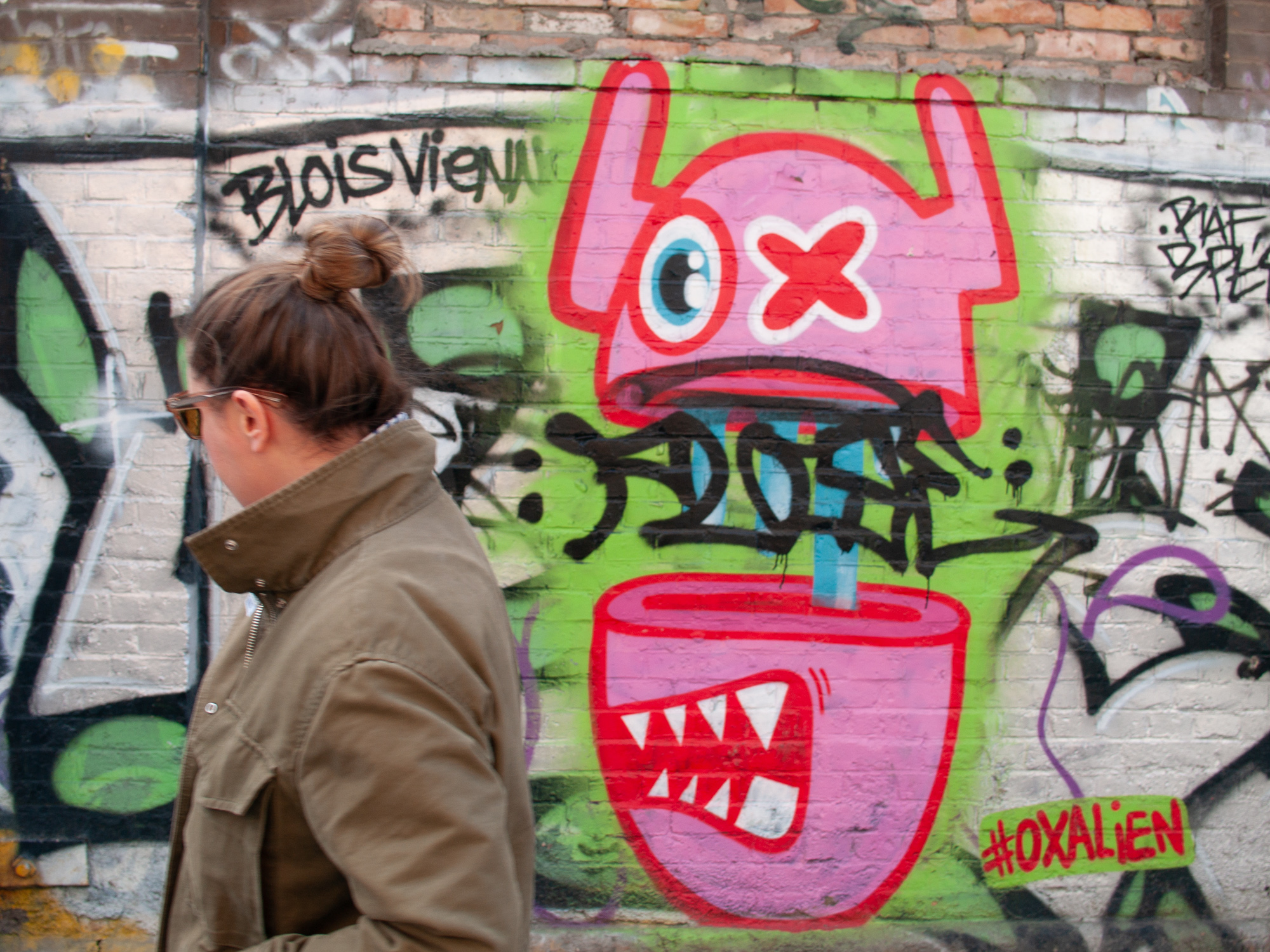
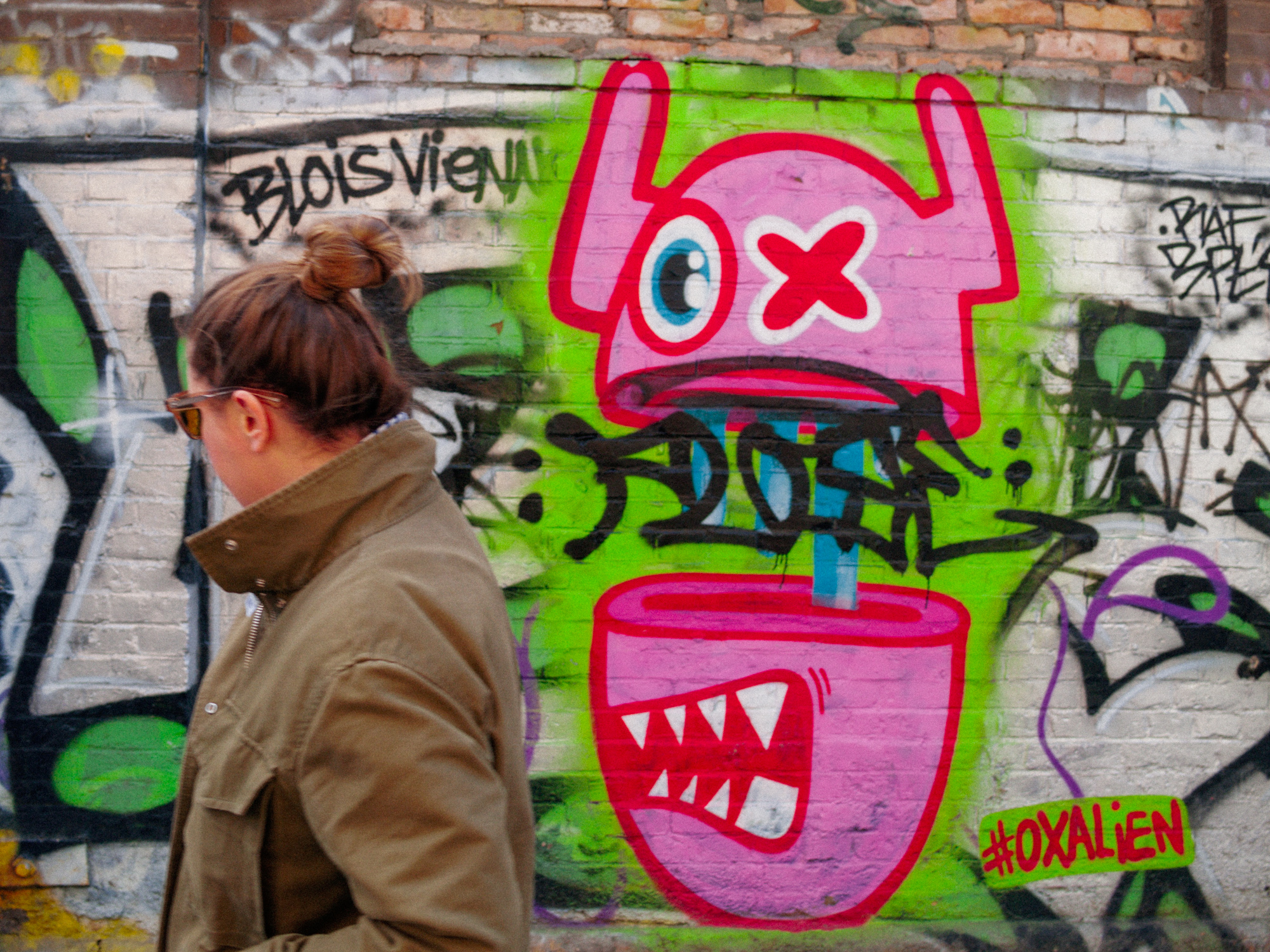
Adobe Standard > Kodak Gold 200 paper

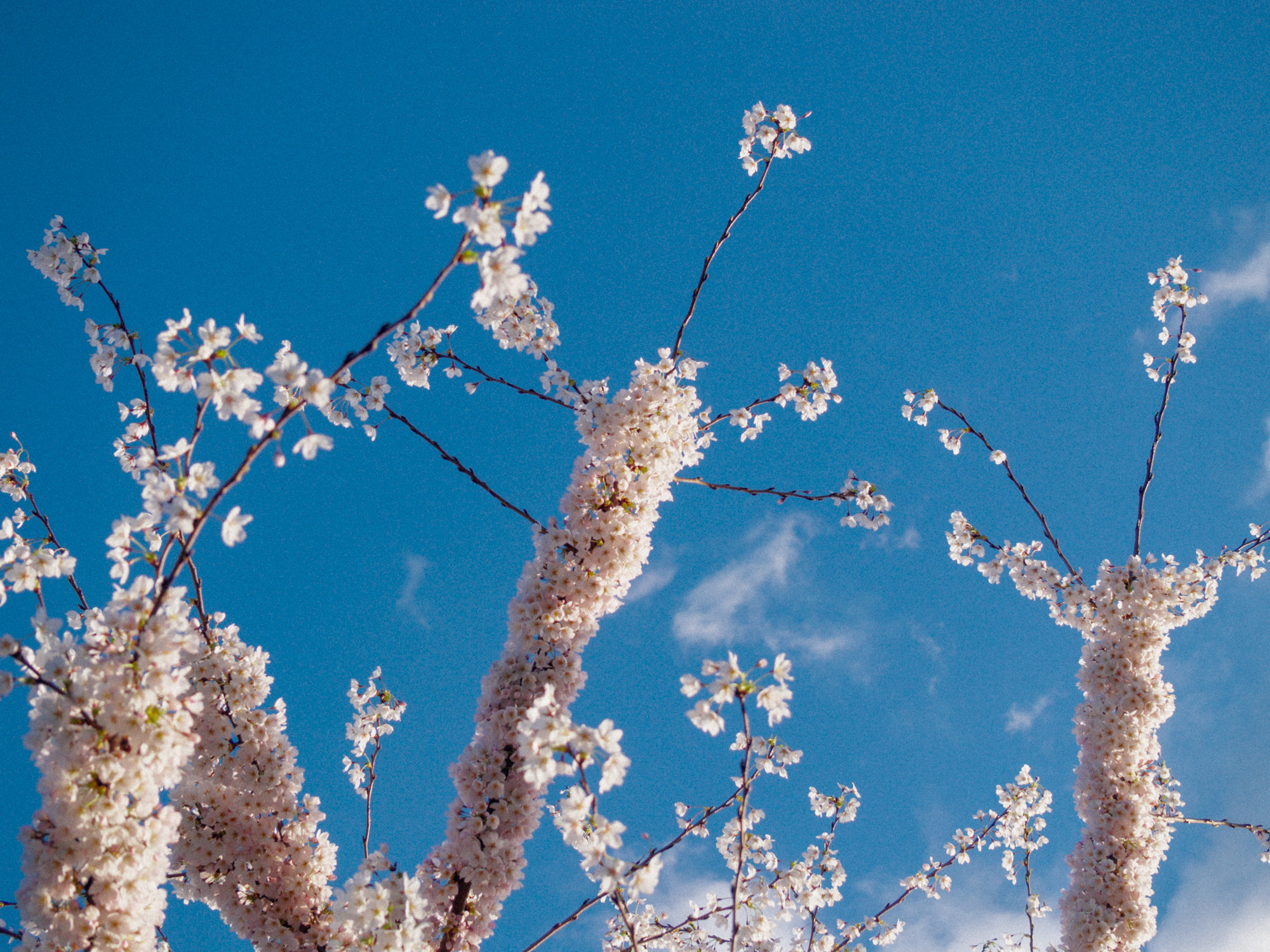
Adobe Standard > Kodak Gold 200 paper
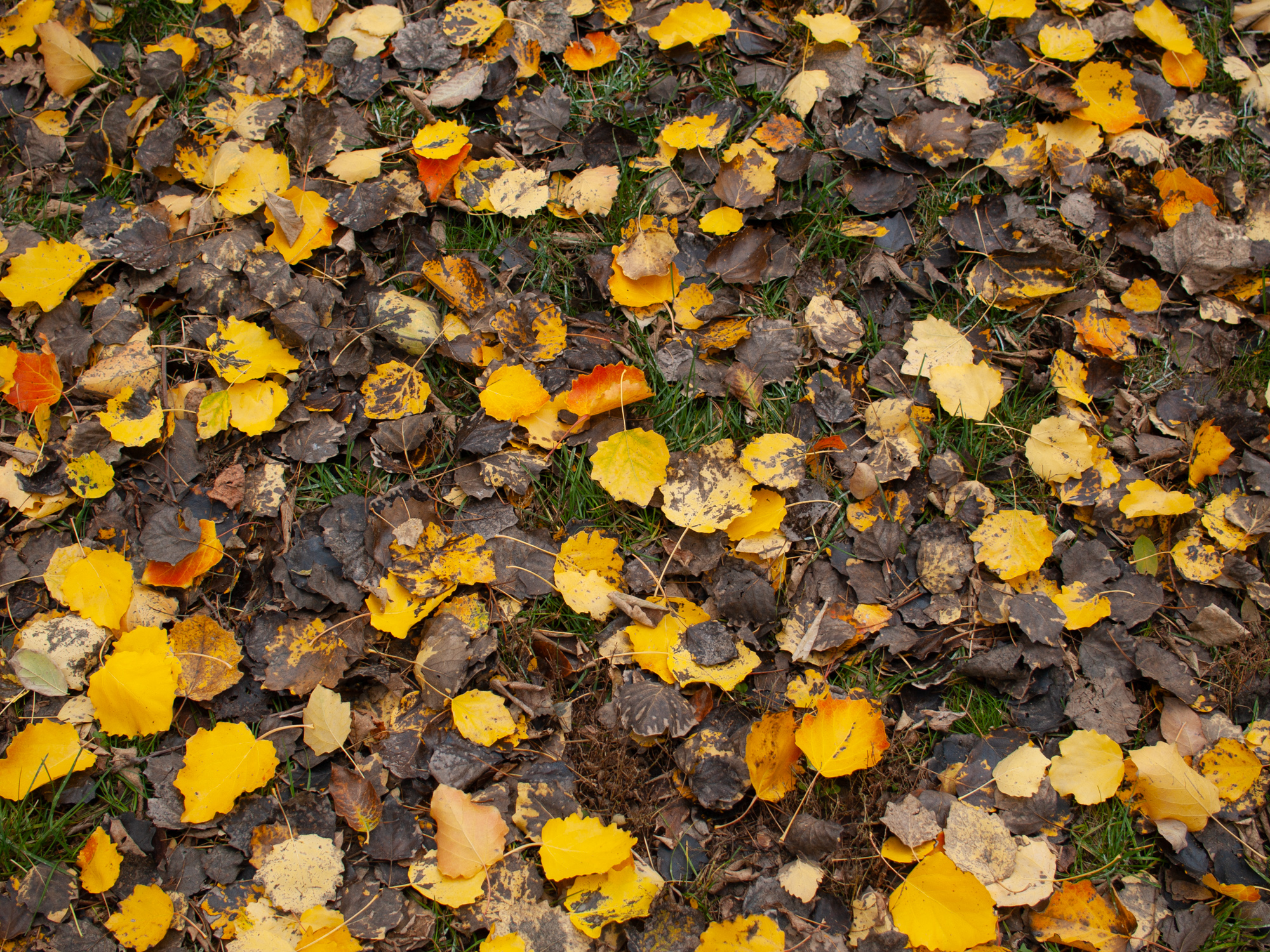
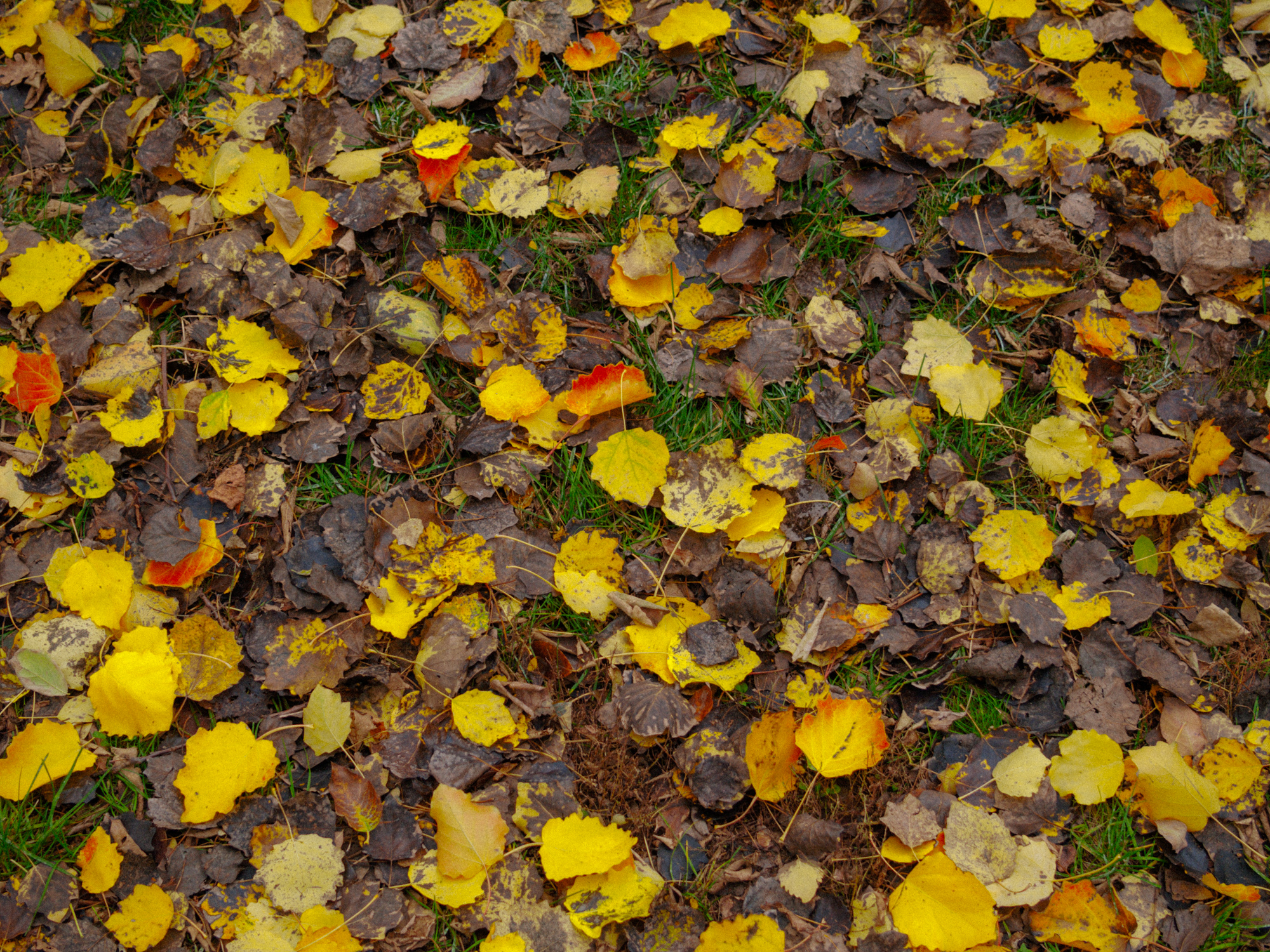
Adobe Standard > Kodak Gold 200 paper

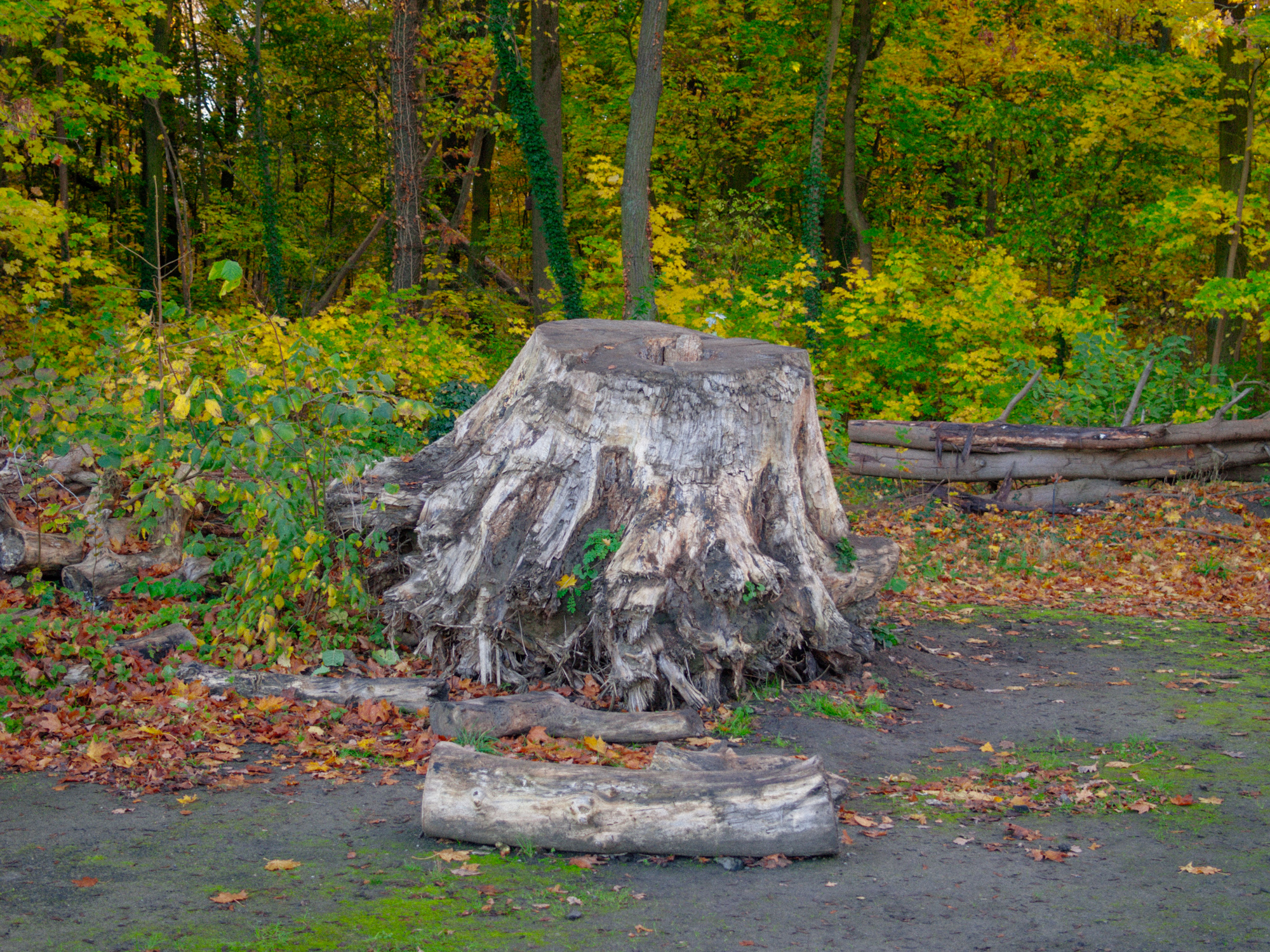
Adobe Standard > Kodak Gold 200 paper
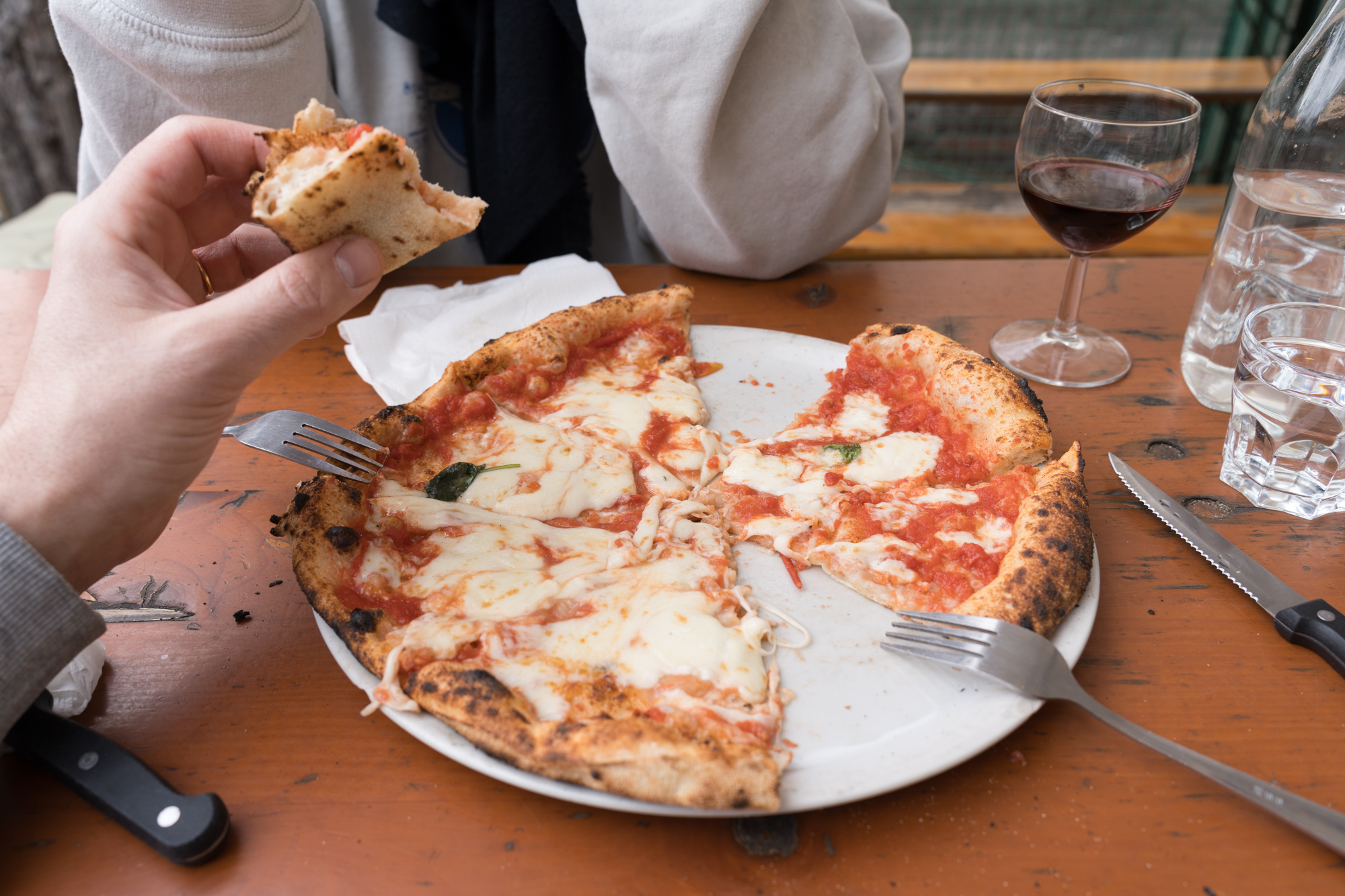
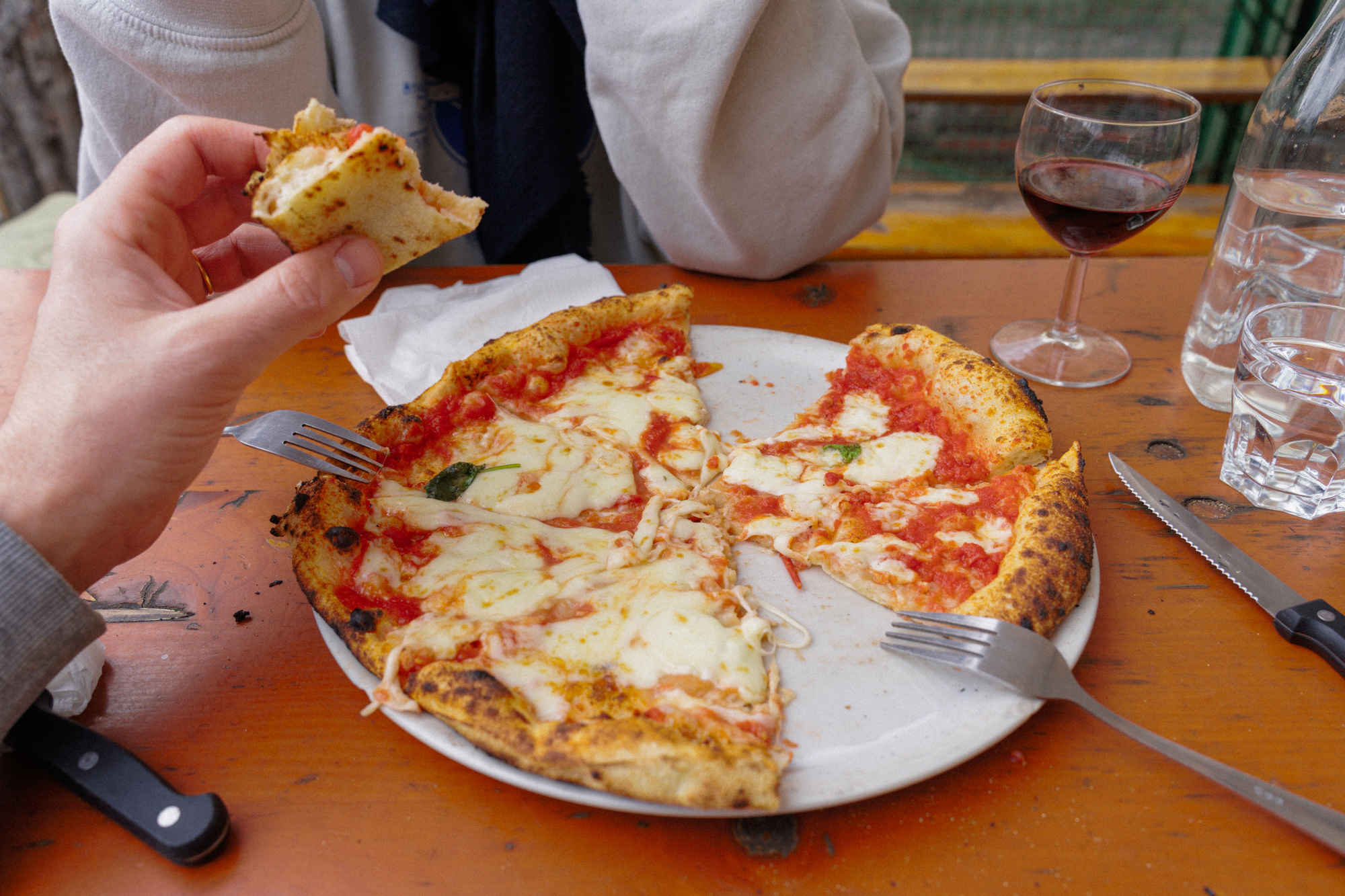
Adobe Standard > Kodak Gold 200 paper
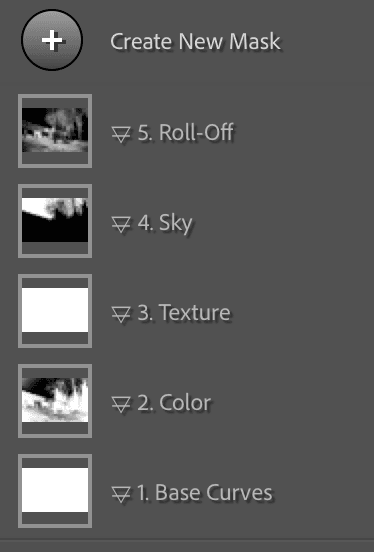
Optimization Masks
Every preset comes with a set of optimization masks that further enhance the analog look. These masks operate after the emulation is applied and are set to default values. These should be changed acording to taste.
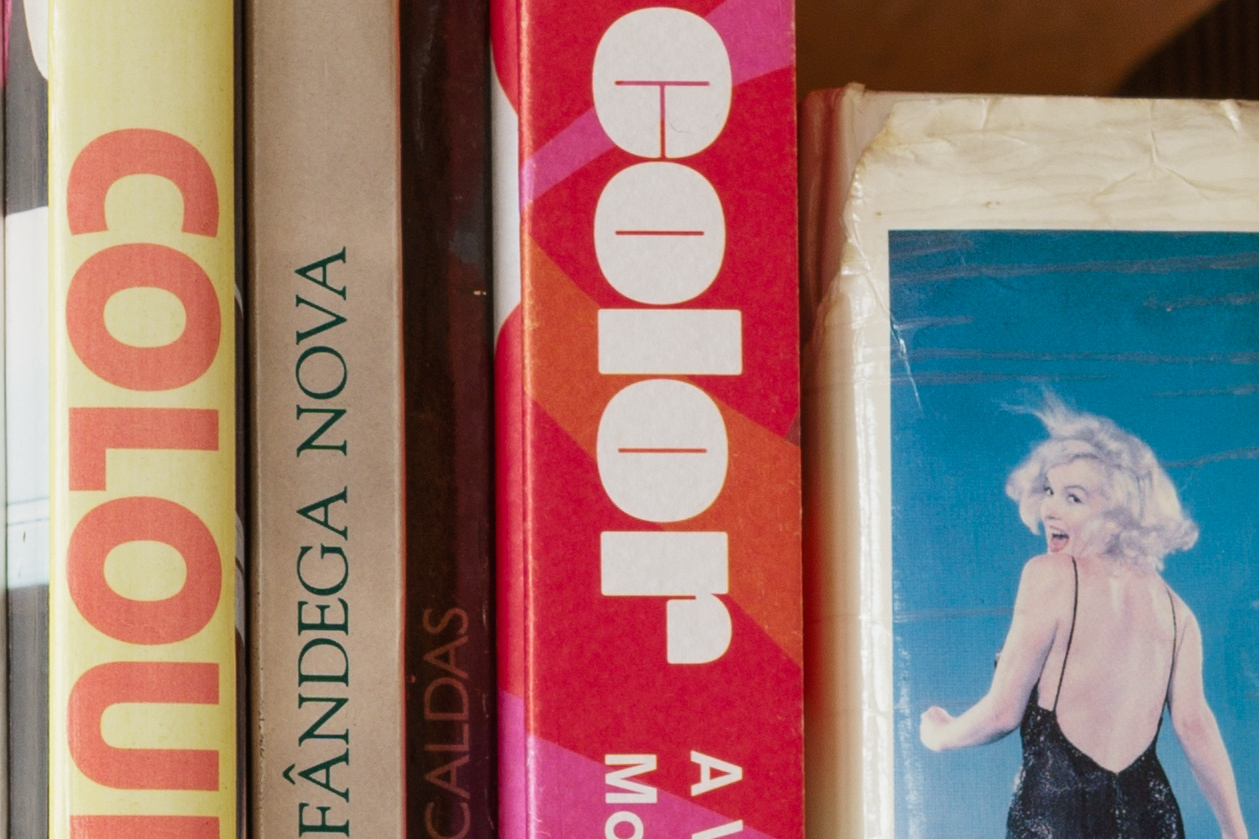
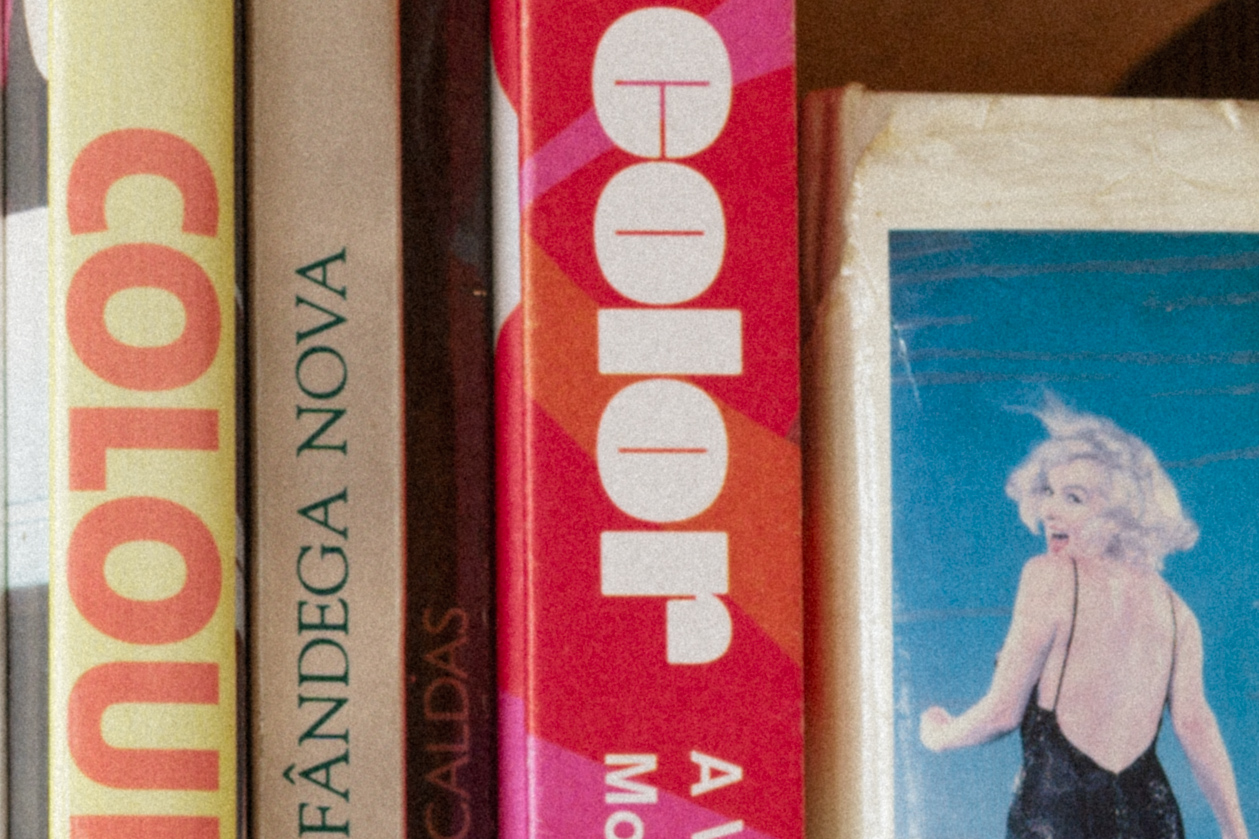
Blur+Grain
Subtle blur and grain contribute to an analog texture across the whole image.
Post-Emulation Color Editing
Curves and Point Color adjustments can be made after the emulation is applied in a dedicated mask.

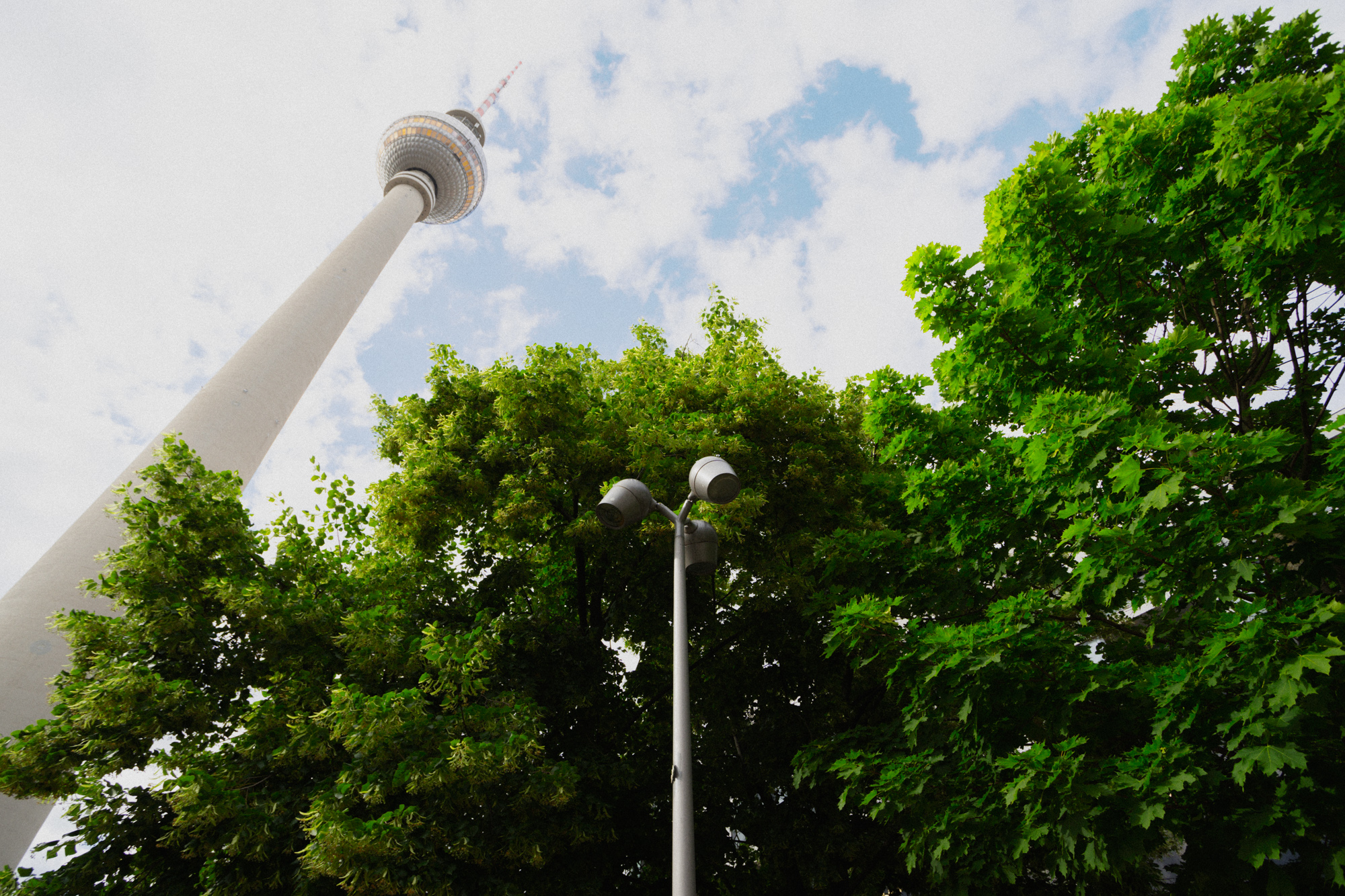
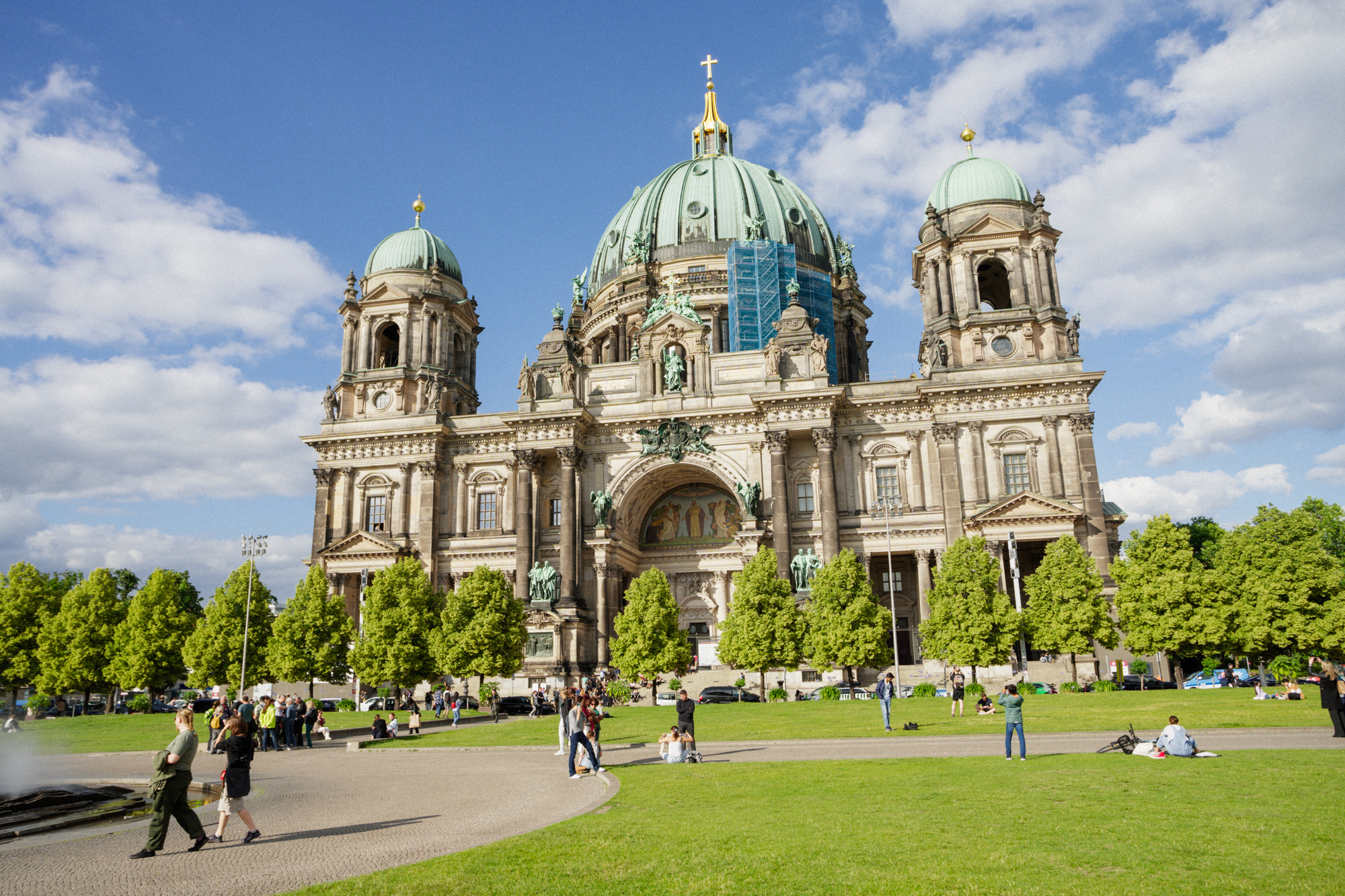

Sky Recovery
Sky recovery uses Adobe’s AI masking to recover color and details in the sky.
Highlight Roll-Offs
The highlight roll-offs mask reduce saturation in the brightest areas while preserving detail and color in the sky.


How similar are different negative film stocks?
Similar film stocks
The answer can range from quite similar to almost identical
When comparing Kodak Gold 200 and Ultramax 400, we found some differences in the developed negative: the film base came out slightly darker and some colors were different. These variations get amplified when converted to positive and this is most noticeable in the reds and oranges. Ultramax is denser and more saturated in these areas, whereas Gold rolls off sooner.
Take this into account when choosing between these two emulations. While positive emulation looks similar, the subtle differences in the negative emulation are enough to make inversions in Negative Lab Pro swing into different directions.
We plan on having more film stocks in the future that will exhibit more variance. If you have any questions about what emulation to purchase, get in touch via email with some samples, and we can get back to you with the results, both negative and positive emulations.

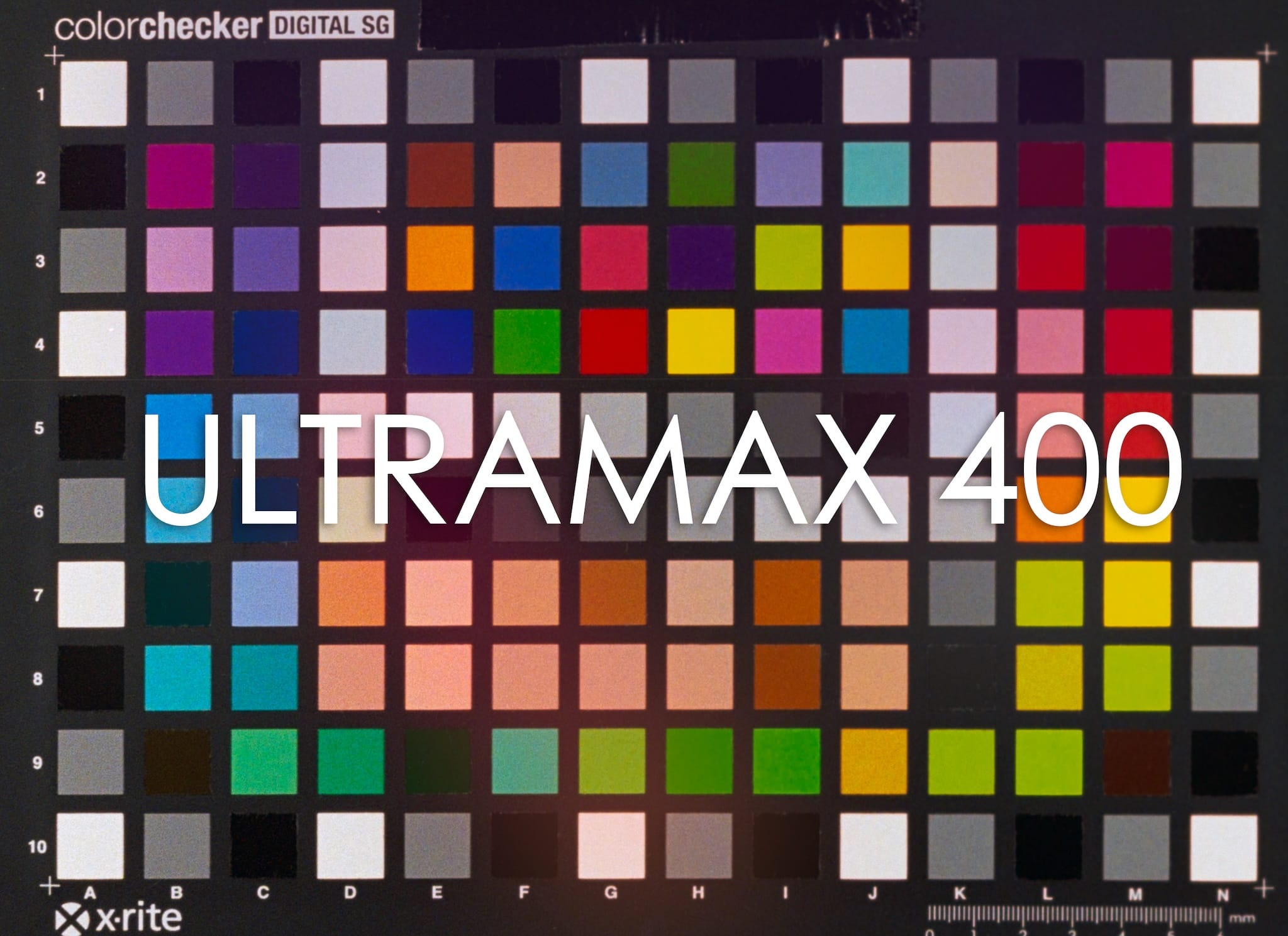
(image is watermarked)
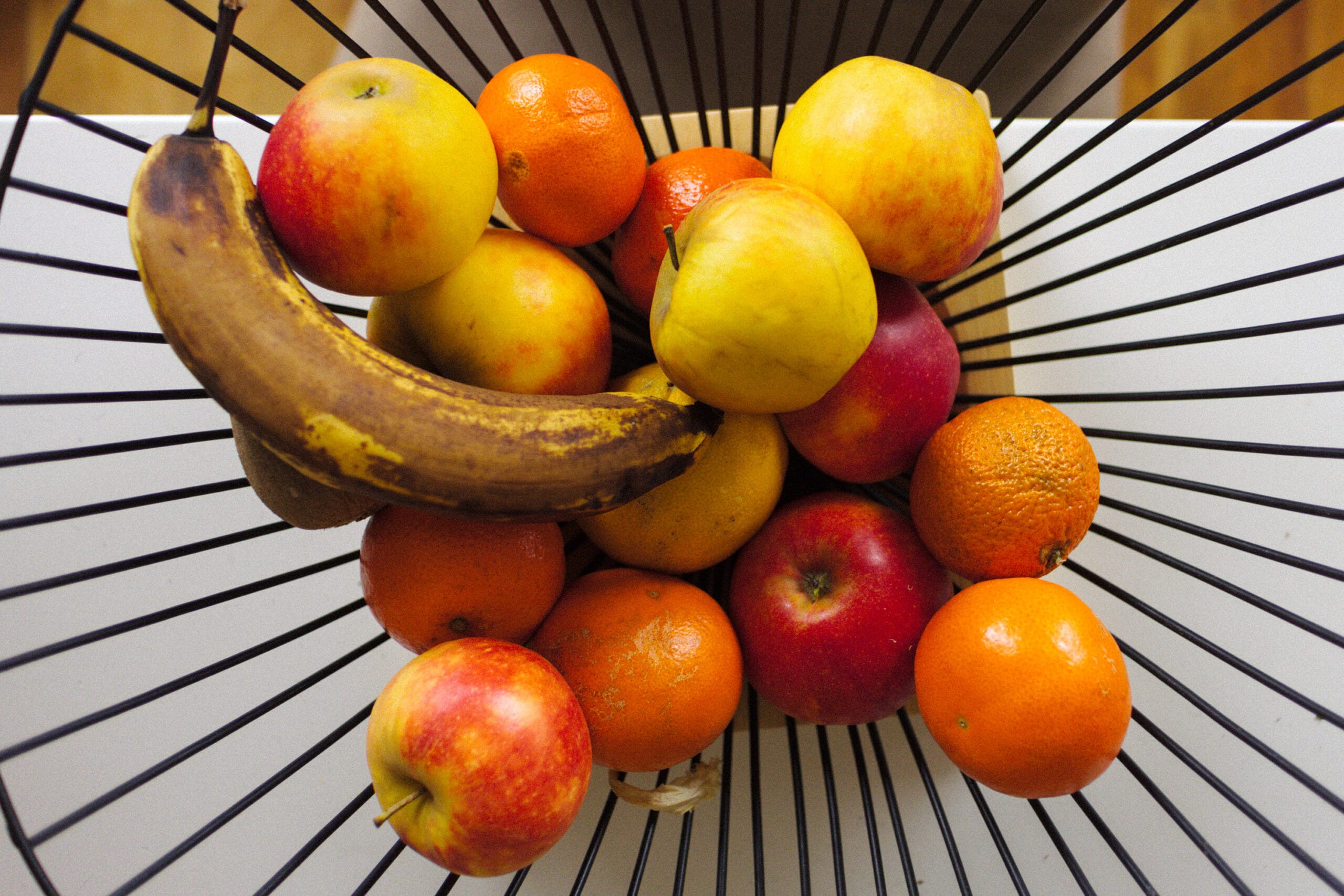
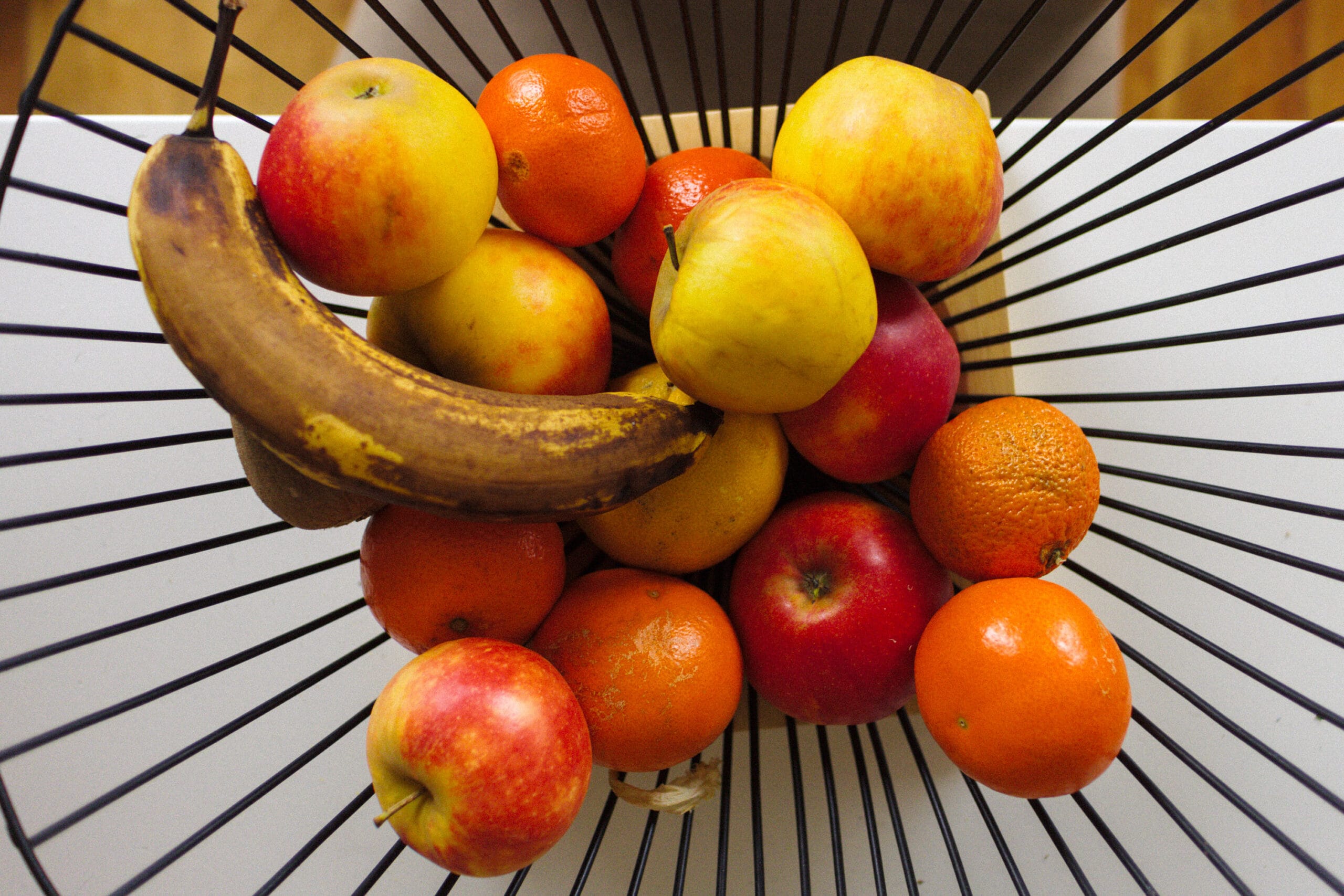
left: Gold 200 – right: Ultramax 400
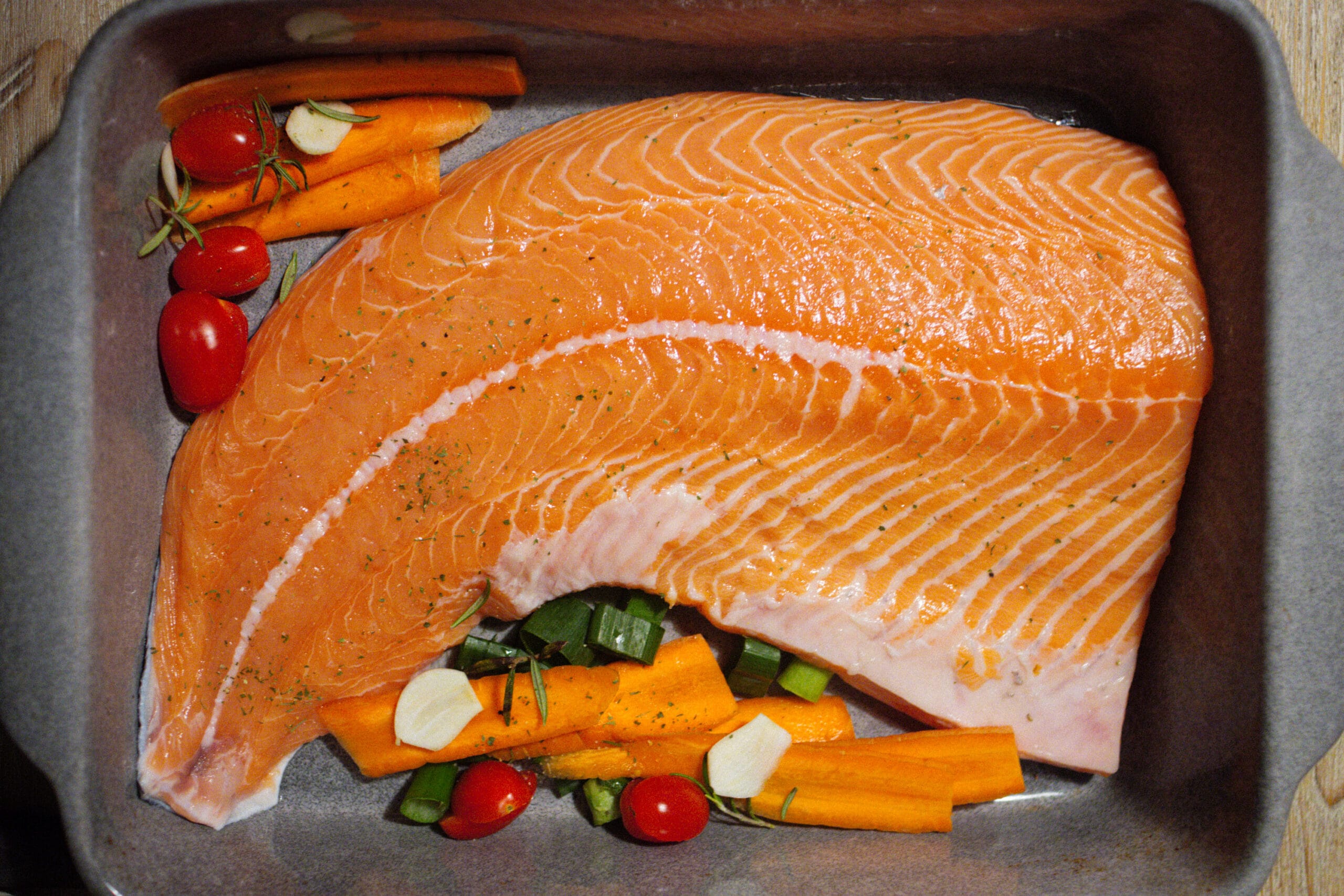
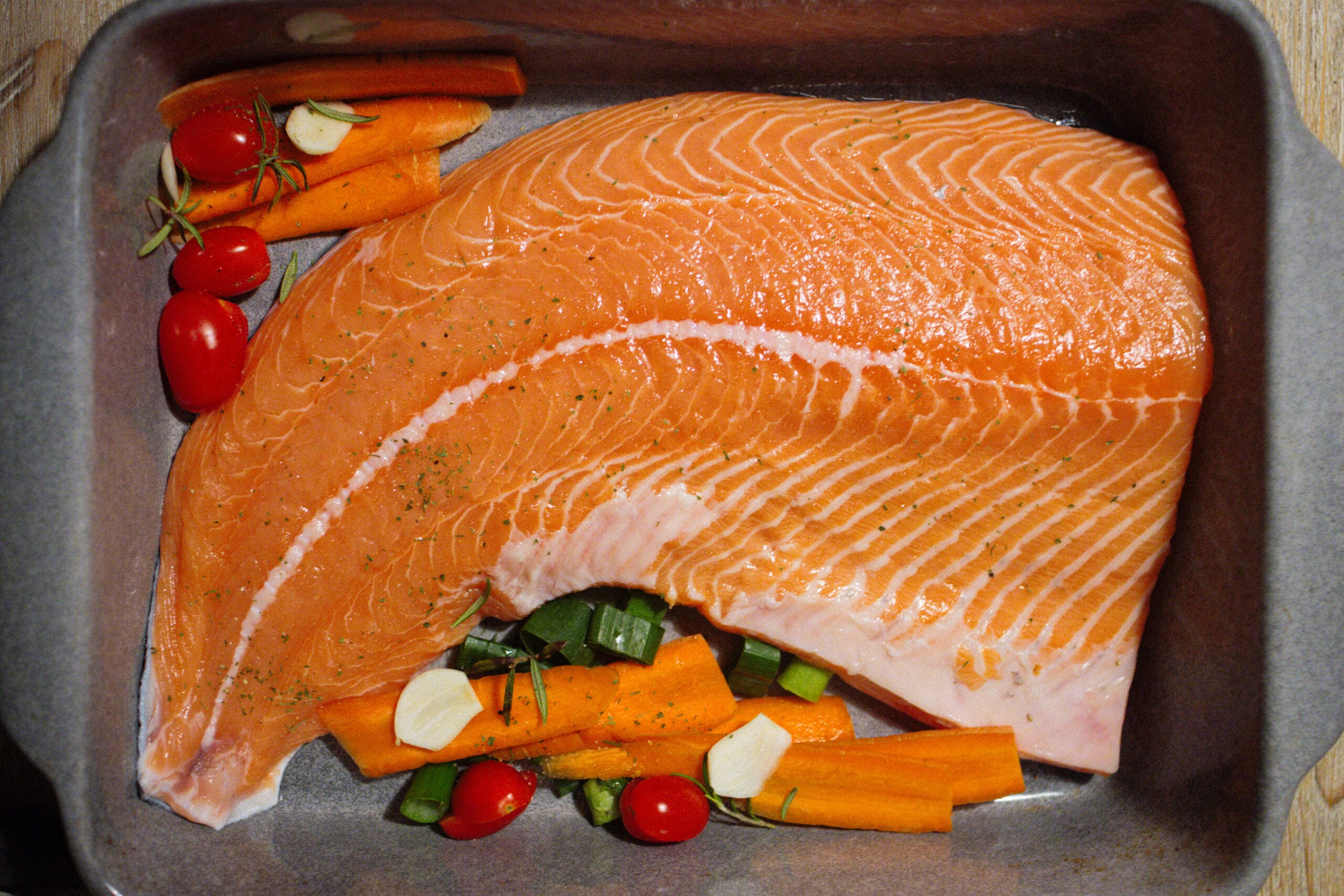
left: Gold 200 – right: Ultramax 400
Faq
Yes, we’re planning on releasing more negative and positive films.
If you want to see Alchemy Color Emulations applied to your images, send us a raw sample from a supported camera through any file delivery service and email us at info@alchemycolor.com. We’ll get back to you with edited samples in TIFF format for review.
Alchemy Color Standard is a color transformation based on Adobe Standard as a baseline, ensuring wide compatibility with any camera supported by Adobe Camera Raw. Alchemy Color Pro is custom designed for each camera model, thus resulting in more accurate transformations.

